Samsung Galaxy Watch4 Classic review: finally with Google Pay!

The Samsung Galaxy Watch4 Classic, and indeed the entire current Galaxy Watch4 range, is the most advanced and feature-rich smart watch for Android smartphones and especially Samsung at the moment. They use a new both hardware and software platform. By using Wear OS, the integration with Android smartphones is tighter and more convenient. A decent amount of fitness apps are available, and not only that: Spotify, YouTube Music, Google Keep and maps won't be superfluous either. And finally there is support for Google Pay, which was so long awaited in Samsung smart watch. In terms of health and fitness features, there is everything and a little more: to all the usual features added the ability to determine body composition. The watch still looks great, controls conveniently, and the dust and moisture protection allows you not to remove it while swimming, provided the shallow immersion. The only significant complaint to the Samsung Galaxy Watch4 Classic is a modest battery life: with full use of all functions, you will have to charge it every day. The Classic 46 mm version costs currently UAH 11 000.
6 reasons to buy Samsung Galaxy Watch4 Classic:
- maximum functionality in terms of health and fitness;
- full set of wireless interfaces and sensors (including version with eSIM support);
- high-quality AMOLED display;
- user-friendly controls and interface;
- contactless payment support Google Pay;
- excellent appearance, high-quality materials, dust- and water-resistance.
2 reasons not to buy Samsung Galaxy Watch4 Classic:
- modest battery life;
- not many apps for Wear OS.
- What's new in the Samsung Galaxy Watch4 Classic and what versions are available?
- What's in the box?
- What does the Samsung Galaxy Watch4 Classic look like?
- What about the screen and hardware?
- What about the interface and features?
- What about charging and battery?
- Bottom line
What's new in the Samsung Galaxy Watch4 Classic and what versions are available?
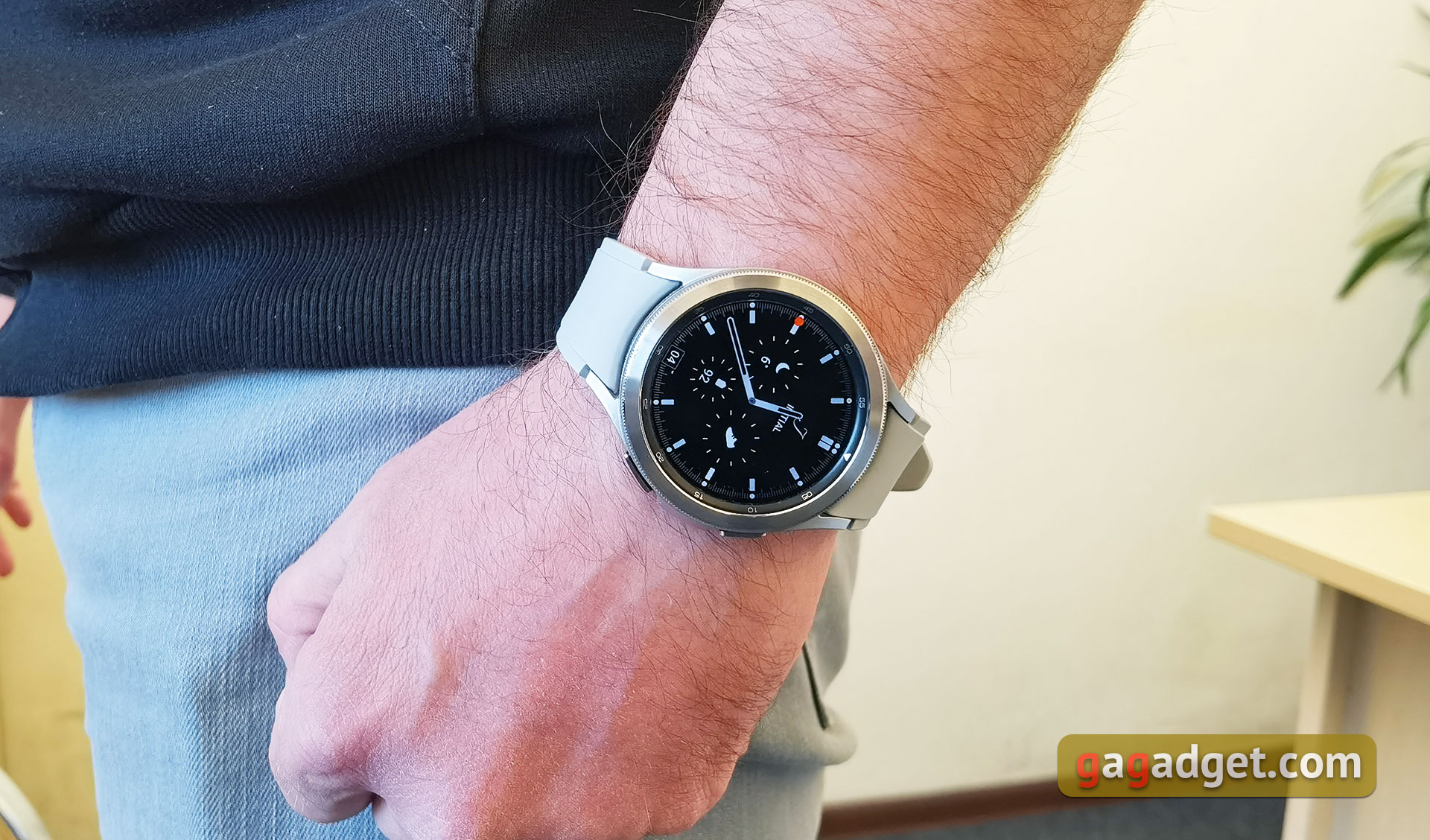
Samsung's current smartwatch lineup includes two models, the Galaxy Watch4 and Galaxy Watch4 Classic, each available in two sizes: 1.2-inch and 1.4-inch screens. The Samsung Galaxy Watch4 is the successor to the Active2 and features a touchscreen bezel. Samsung Galaxy Watch4 Classic, on the other hand, got a mechanical bezel. The younger model is made of aluminum, the older one is made of steel 316L. Screens - SuperAMOLED, resolution in 1.2-inch version is 396x396 dots, in 1.4-inch - 450x450, protected by Gorilla DX glass. Inside - the new 5-nanometer processor Exynos W920, the amount of RAM 1.5 GB, built-in - 16 GB of ROM, there is dual-band Wi-Fi, Bluetooth 5.0, NFC, GPS and LTE (there will be a version supporting eSIM). There's the standard set of accelerometer, gyroscope, heart rate monitor and other sensors. Added to these is the Samsung BioActive sensor, which measures ECG and analyzes the body structure of the wearer. The ECG function is still blocked on the software level in Ukraine pending the regulatory authorities' approval. The smart watch is also able to measure the SpO2 level. Another important innovation in the new lineup - instead of its own Tizen OS, Samsung has decided to use Google Wear OS with its own One UI Watch shell. There is an NFC module and support for contactless payment Google Pay.
What's in the box?
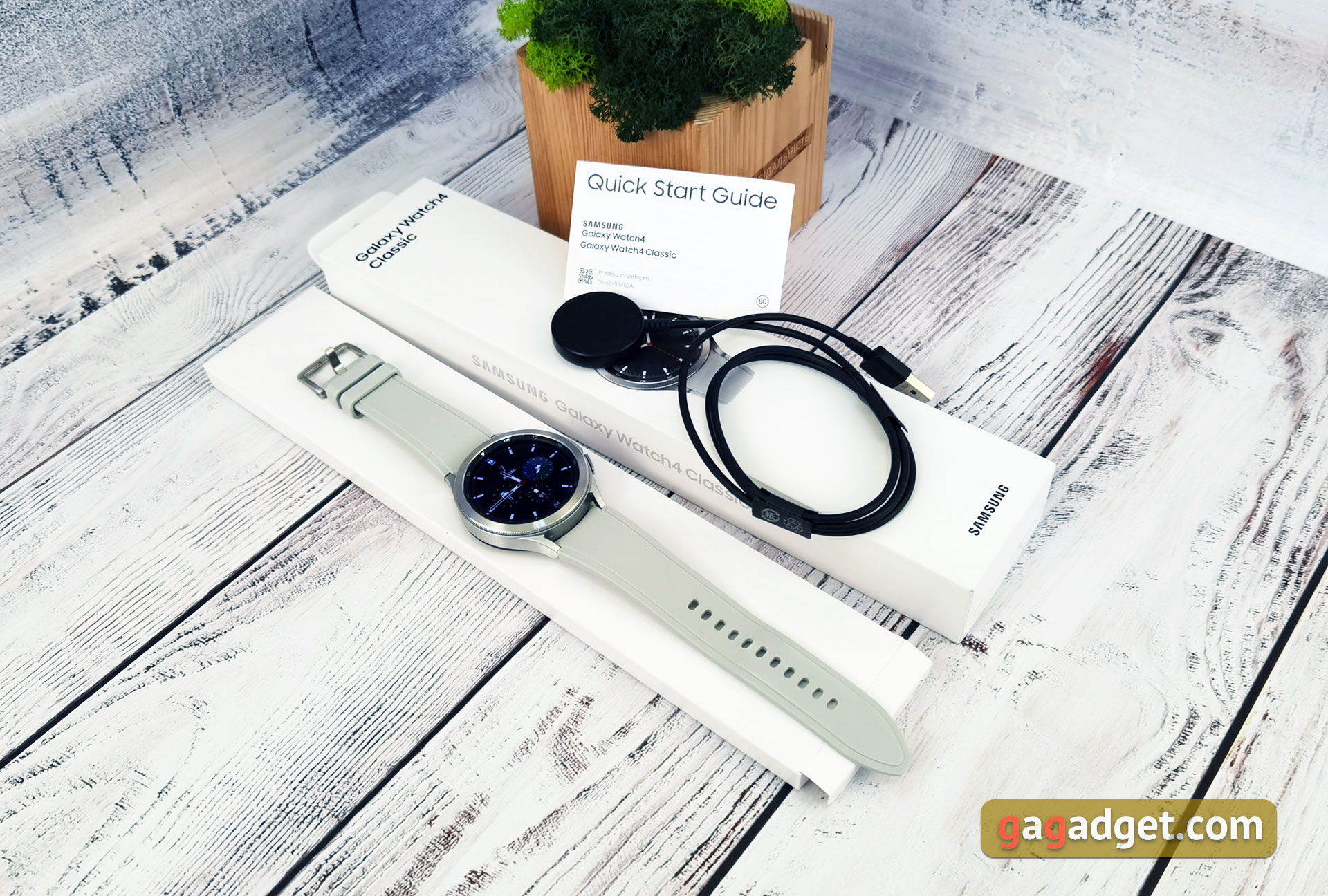
The Samsung Galaxy Watch4 Classic's packaging and package has been carried over from the manufacturer's third-generation smart watch. A long white box containing the Galaxy Watch4 Classic itself with the strap, documentation and a magnetic charger without a power supply with a non-removable cable.
What does the Galaxy Watch4 Classic look like?
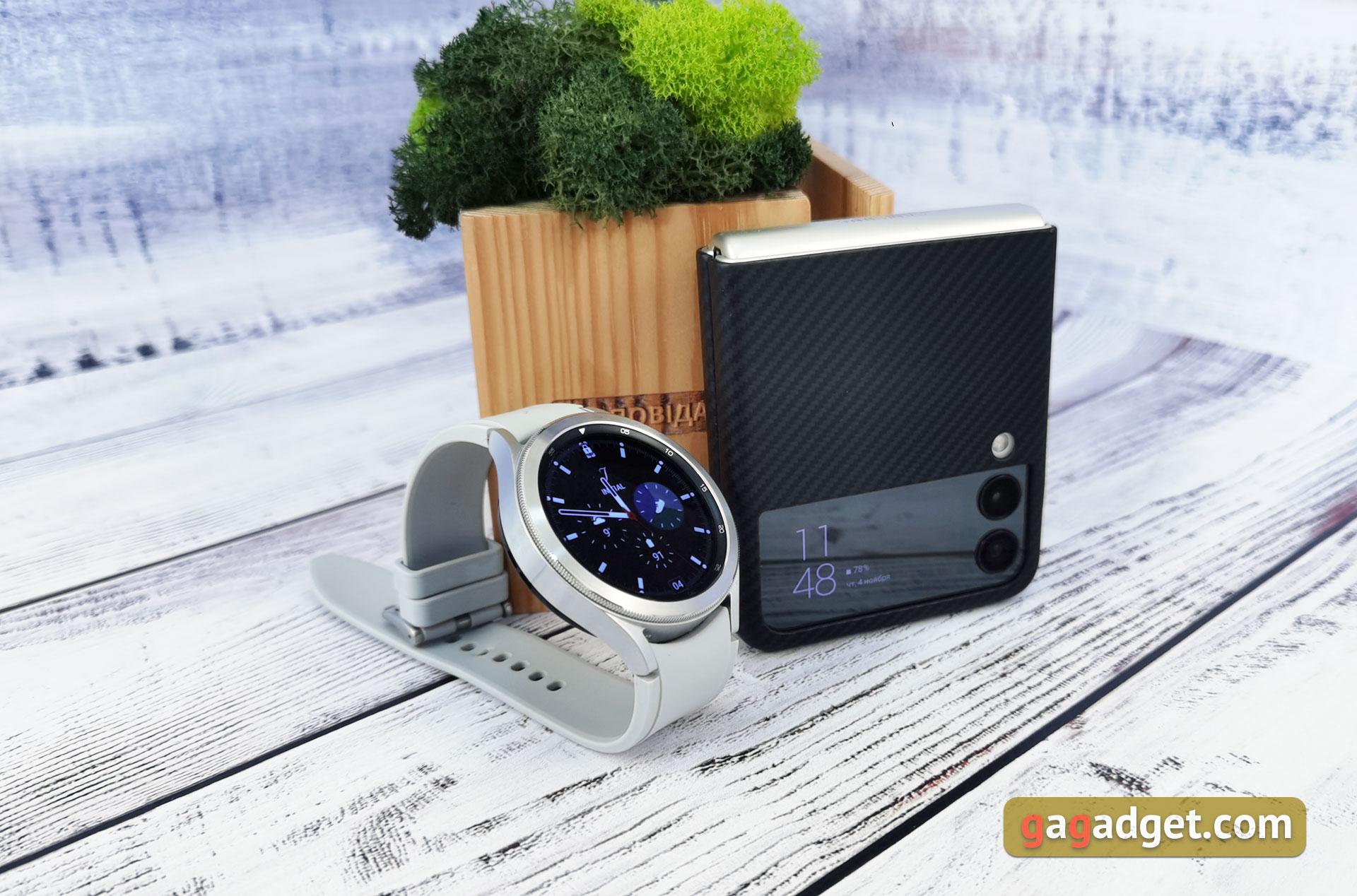
We've had a visit from the older Samsung Galaxy Watch4 Classic model at 46mm, with a 1.4-inch screen. Externally, the new model is very similar to the previous generation, which can rather be considered an advantage: why change something that turned out well? Of the obvious differences - instead of round mechanical buttons now large rectangular. Otherwise, everything is familiar: the shape of a "classic" wristwatch and a rotating bezel with small "teeth" on the perimeter for more convenient use. It has been used in Samsung smart watches for a long time and is really extremely convenient for interaction with the gadget. The bezel is slightly elevated above the screen, which makes it a little less likely to accidentally break. Around the screen there is a black bezel with minute markings. We've had a silver version with a light gray strap. There is also a black version. The Classic, especially the 46mm, is a masculine version: definitely too big for a woman's hand.
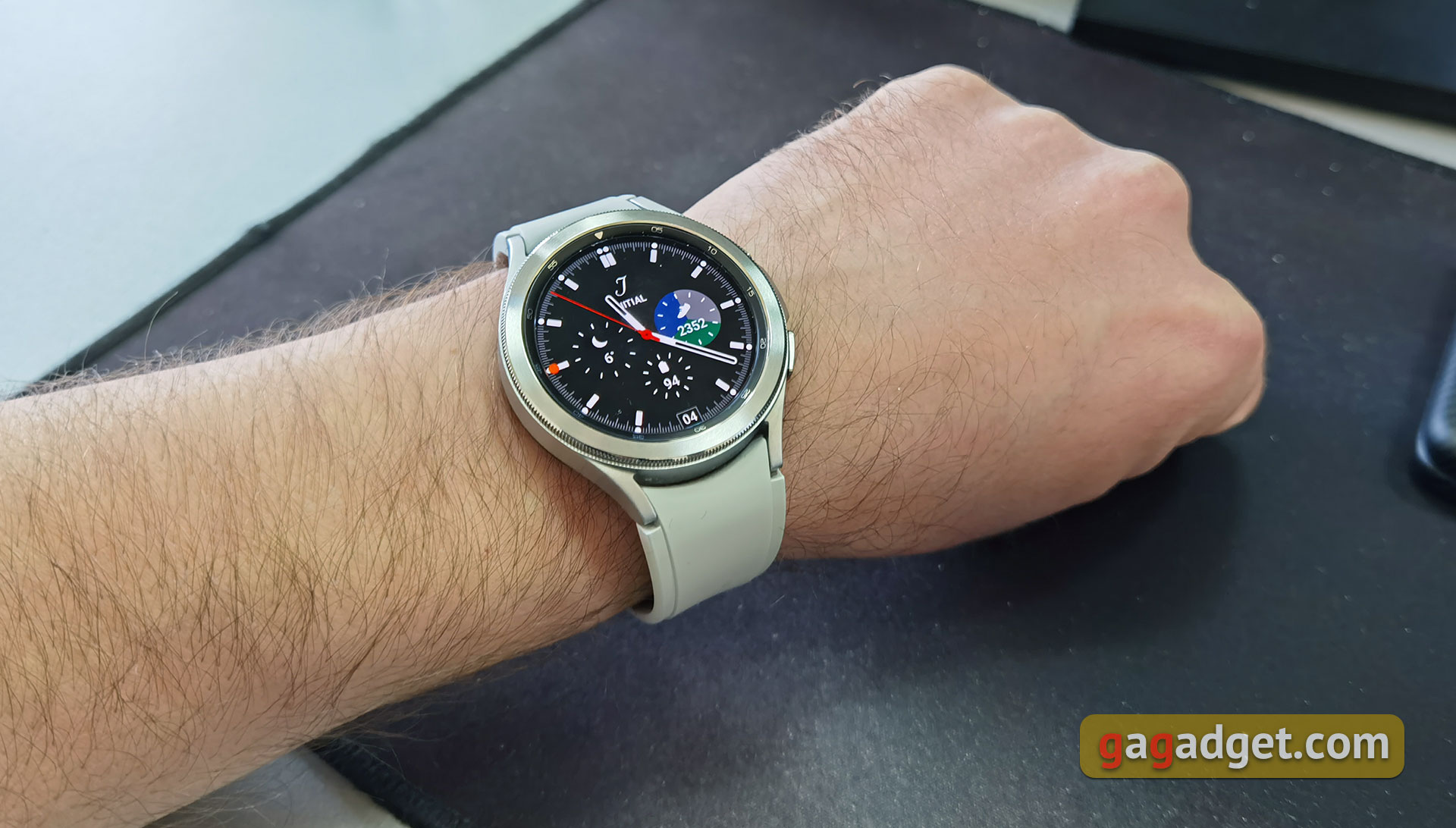
All functional elements are kept in their places. On the right side of the watch there are two big rectangular mechanical buttons with a big ledge between them. The upper one is the "home screen" and the lower one is the "back". They also act as electrodes for the bioimpedance meter, with which the watch analyzes the body structure of the wearer, about which we will talk a little later. The buttons are solid and easy to move, so there is no problem to use even when wearing gloves.
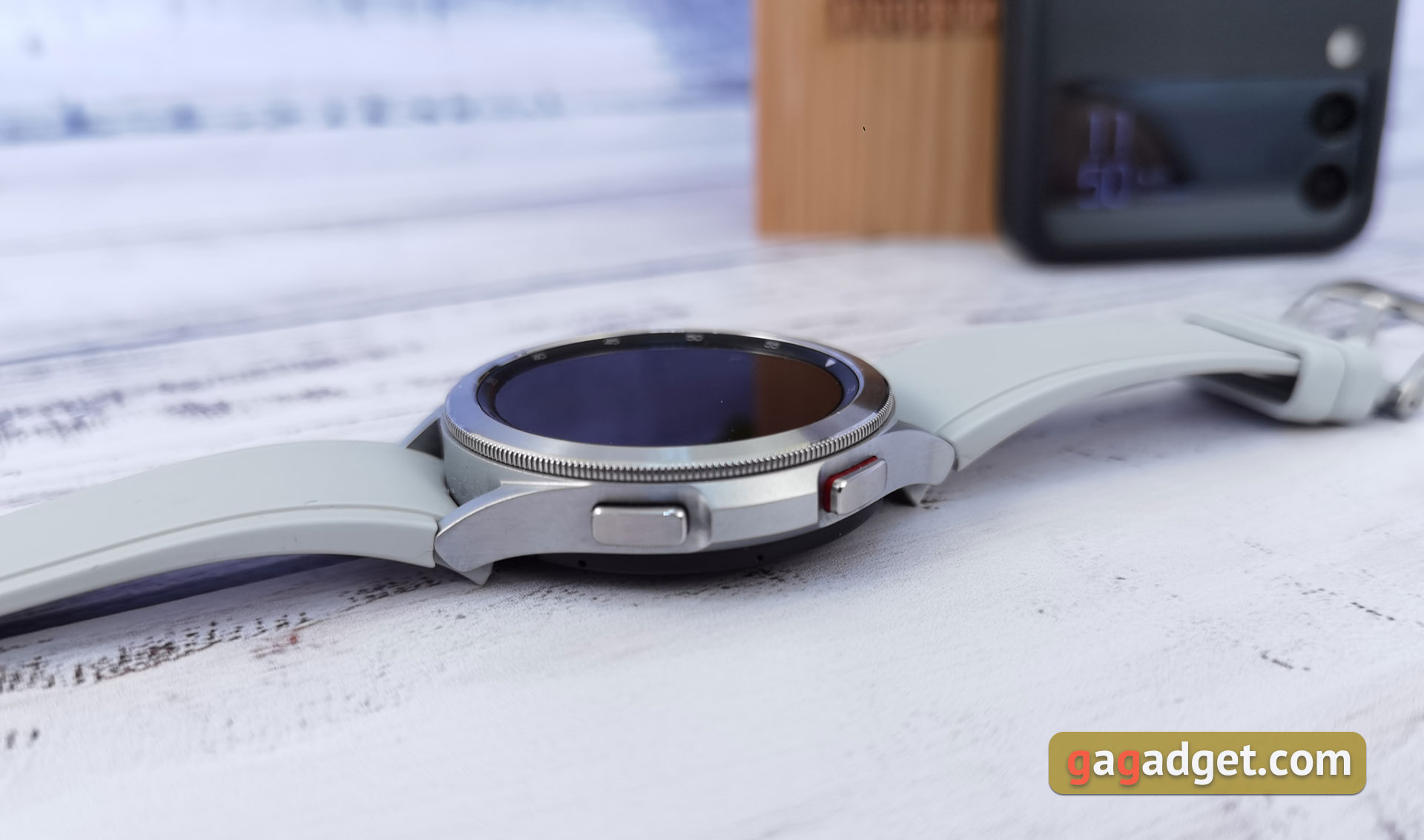
On the same side on the inside of the watch you can see two tiny holes. These are the built-in microphone and pressure release valve.
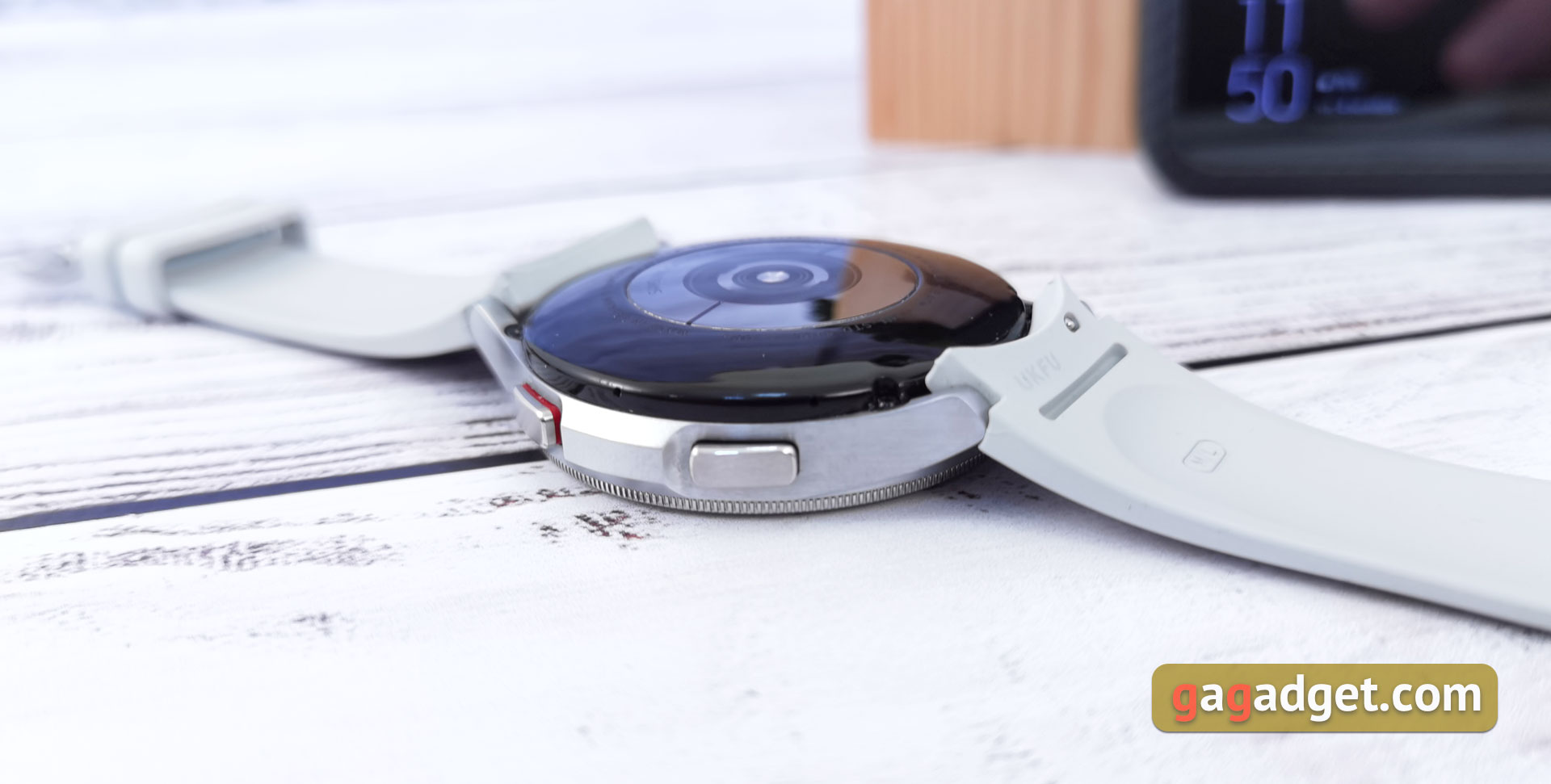
On the top of the case, next to the strap attachment is a slot for the atmospheric pressure sensor:
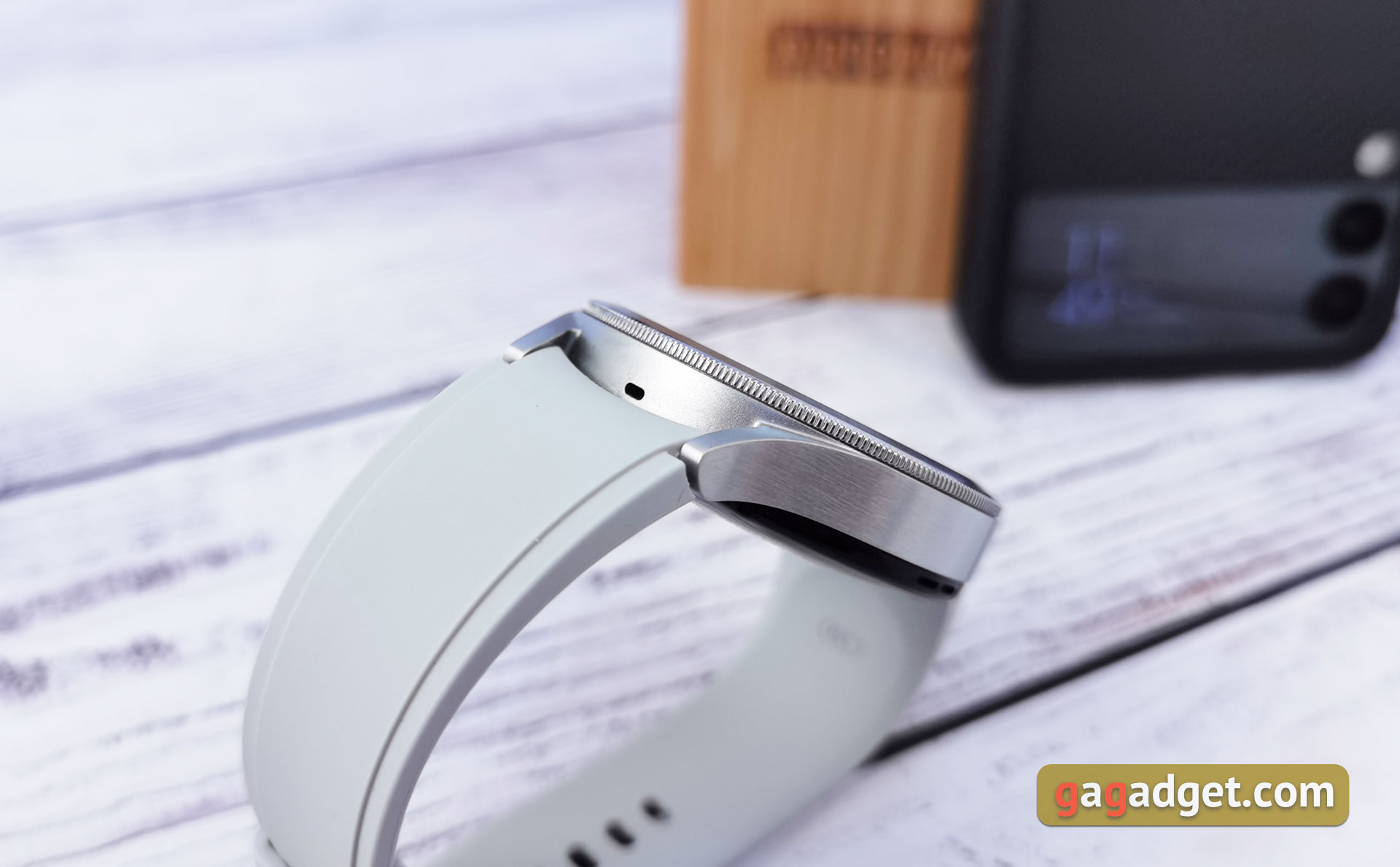
The two thin slots on the left are the built-in speaker, which is used both for talking and for getting voice recommendations during training.
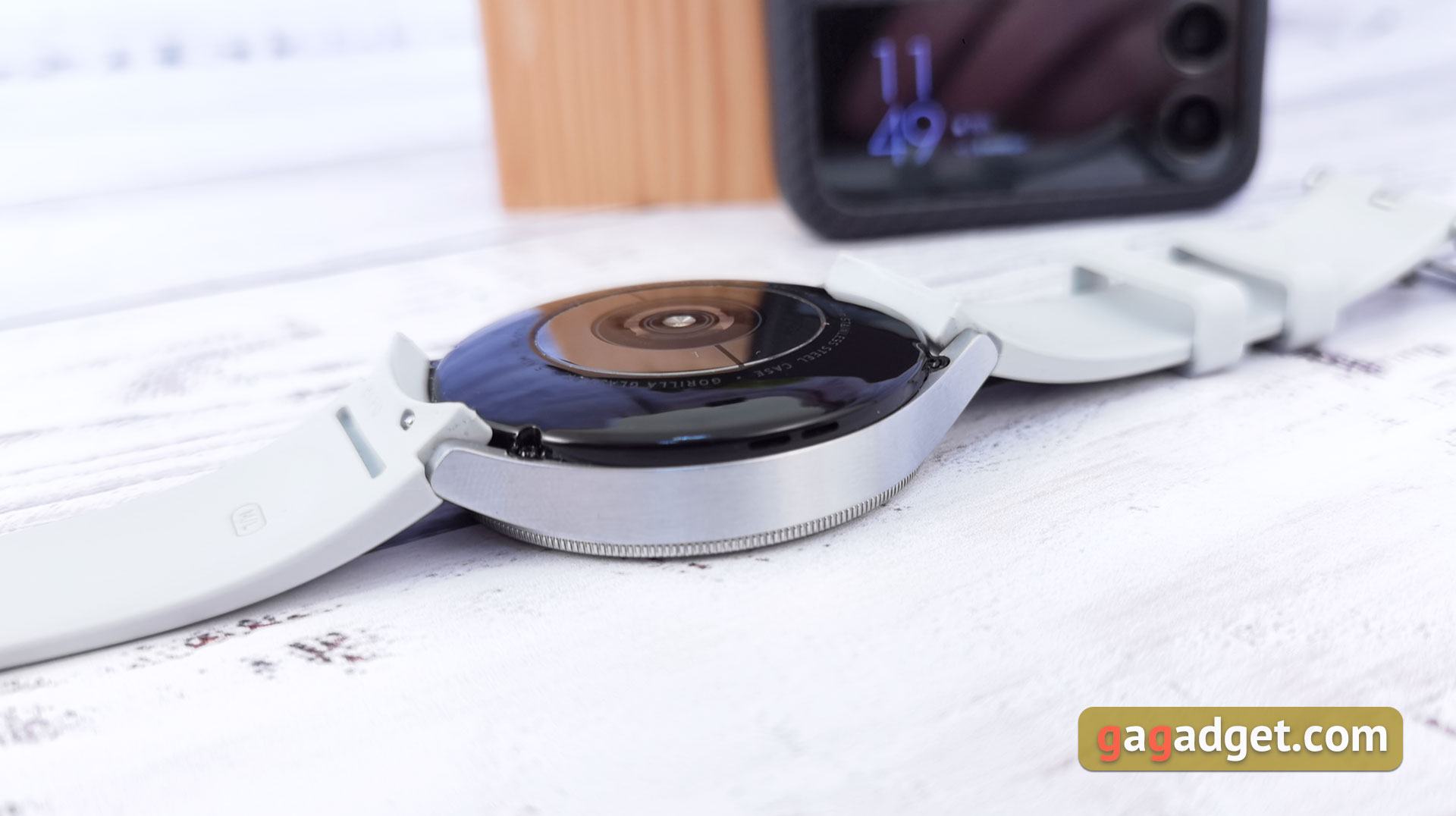
The back panel houses an optical sensor for measuring heart rate and blood oxygen saturation, as well as two Samsung BioActive sensor electrodes .
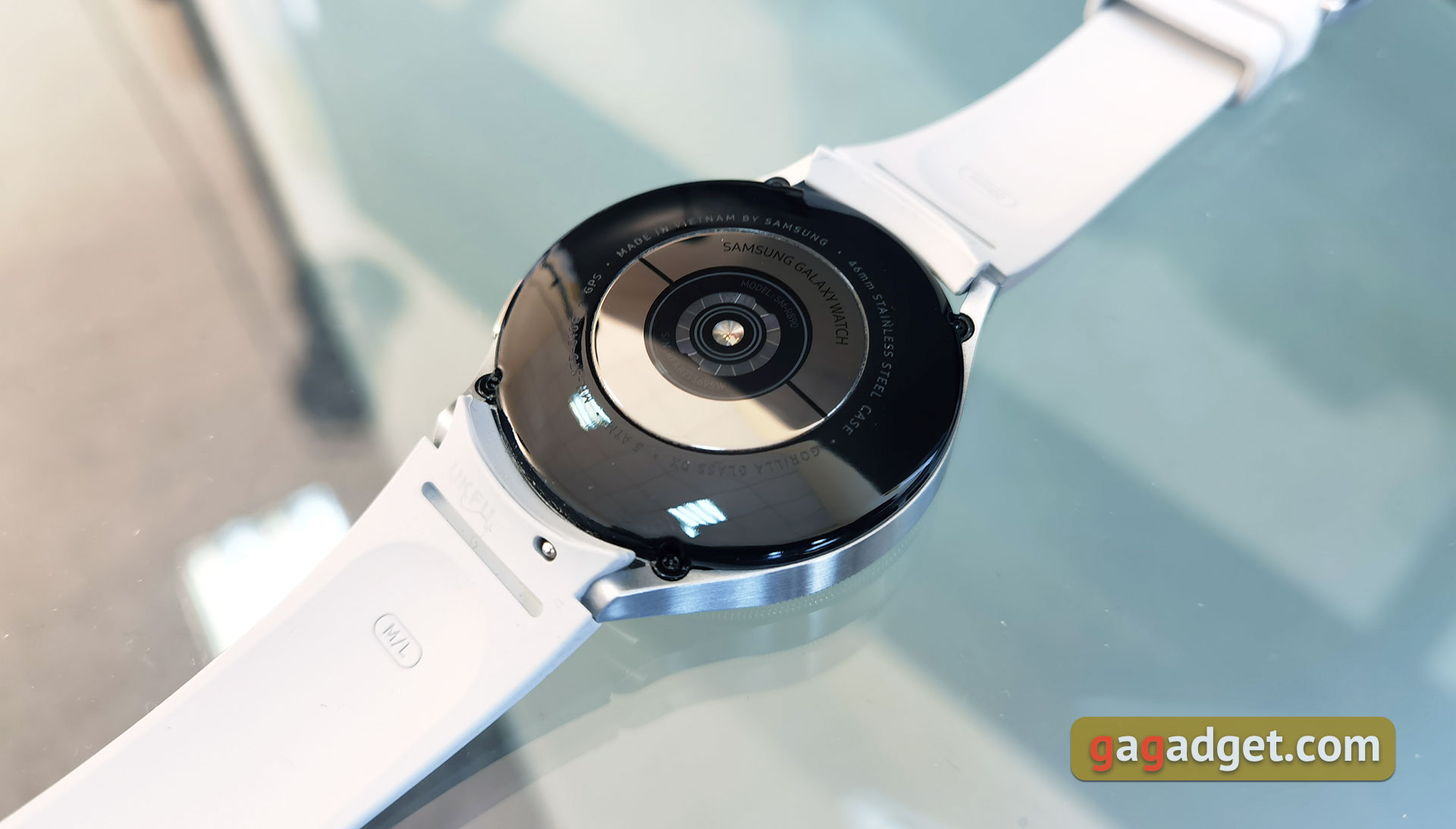
As with previous models, a standard spring-loaded attachment is used for the straps. In the current range, this is 20mm for all models. So in addition to original Samsung you can use third-party options, which are on sale in more than enough.
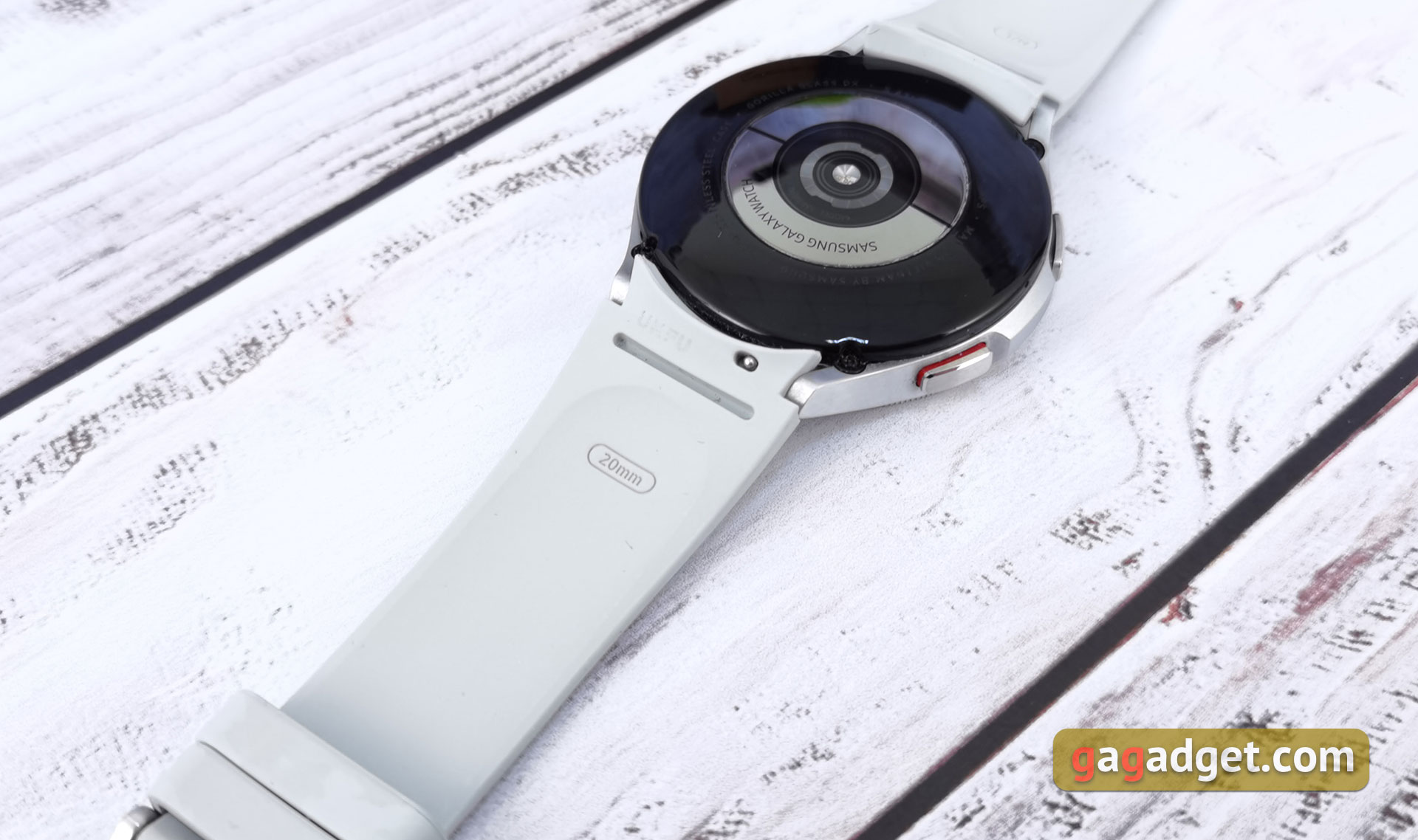
The Samsung Galaxy Watch4 Classic is supplied with a light gray silicone strap. It is very soft, flexible and comfortable. A standard clasp is used. But it seems that such a strap is not very durable: the opening used during the acquaintance with the watch is a bit "worn".
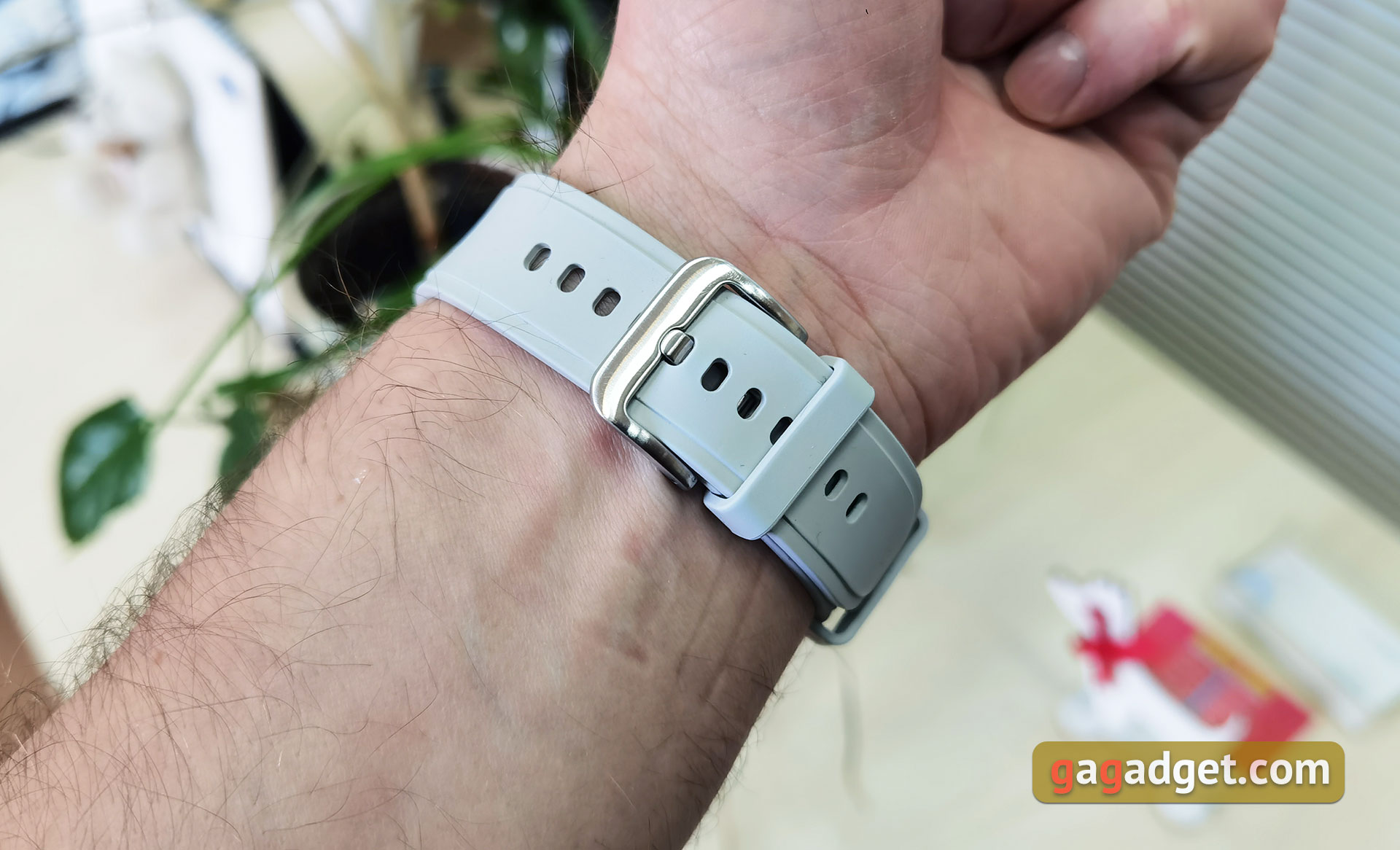
Samsung Galaxy Watch4 Classic looks great: the case when minimal changes are good. They look very stylish and visually as close to a classic mechanical watch as possible, especially with the Always on Display and the dial with hands. The watch has IP68 and MIL-STD-810G protection and withstands 5 ATM. Accordingly, it can be used for showering, swimming in the pool and open water. But they are not suitable for diving.
What about the screen, hardware and controls?
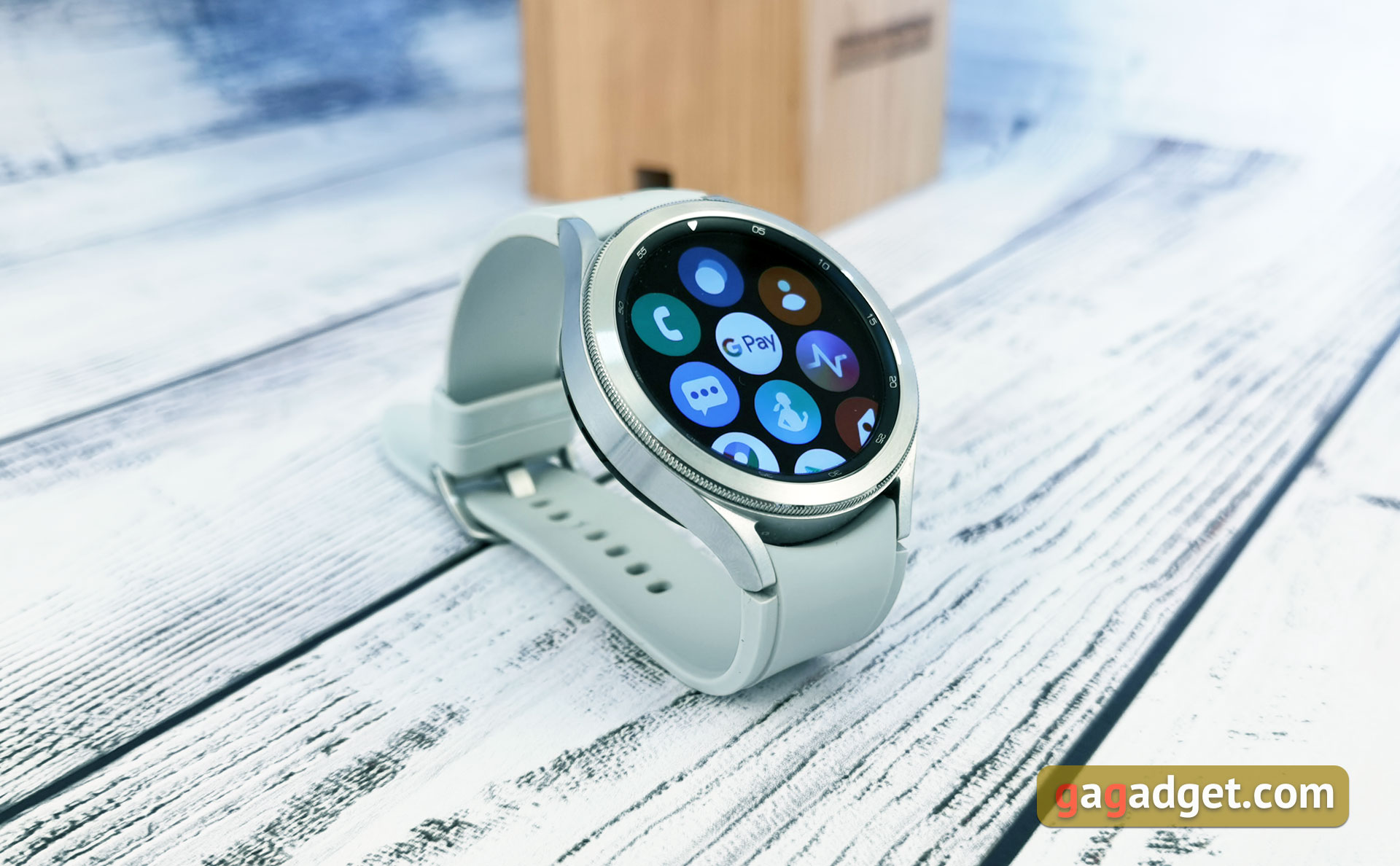
The 46mm Samsung Galaxy Watch4 Classic uses a 1.4-inch round SuperAMOLED touchscreen display with a resolution of 450x450 and a pixel density of around 321 ppi. It is protected by Gorilla Glass DX with a good oleophobic coating. It is claimed that the screen is even better, brighter and more energy efficient. There is no opportunity to compare with the previous generation, but no complaints to the screen: a very juicy and saturated picture impressive margin of brightness, which is enough to work in the bright sun. There is a manual brightness adjustment with 10 levels and automatic adjustment. The brightness sensor is located underneath the display matrix. The Always on Display feature is supported. Although, looking ahead, it is worth saying that it "eats" the battery more than all other functions of the watch. To control the watch, there is a touch screen, a mechanical bezel and two mechanical buttons: the top one - 'home/power', the bottom one - 'back'. You can also use the gesture from the left edge of the screen for the same action. By double-tapping the upper button you can assign the launch of some application. A quick launch of Google Pay seems the most logical.

From a hardware perspective, the Samsung Galaxy Watch4 Classic has a new 1.18GHz, 5nm Exynos W920 processor inside. It includes two ARM Cortex-A55 cores, a Mali-G68 graphics accelerator and an energy-efficient Cortex-M55 co-processor to run the Always-on Display. Compared to the last Exynos 9110 , the CPU performance is claimed to have increased by 20% and the GPU is 10 times more powerful. The watch has 1.5GB of RAM and 16GB of built-in memory. There is around 7.6GB available for the user to install apps or download music to use the watch as a player for workouts. The performance is enough for fast and smooth operation of the interface and apps, which is especially important considering the transition to another platform. There is dual-band Wi-Fi a/b/g/n and Bluetooth 5.0. Global positioning systems GPS, GLONASS, GALILEO and BDS are supported, so you don't have to take your smartphone with you to jog outside with route recording. NFC is present, which is finally really useful thanks to Google Pay support. For those wishing to use the watch offline, an eSIM and LTE-enabled version is available. As we mentioned above, the watch is equipped with a speaker and microphone that allows you to take calls. The built-in speaker is also used for voice prompts during workouts.
What about the interface and features?
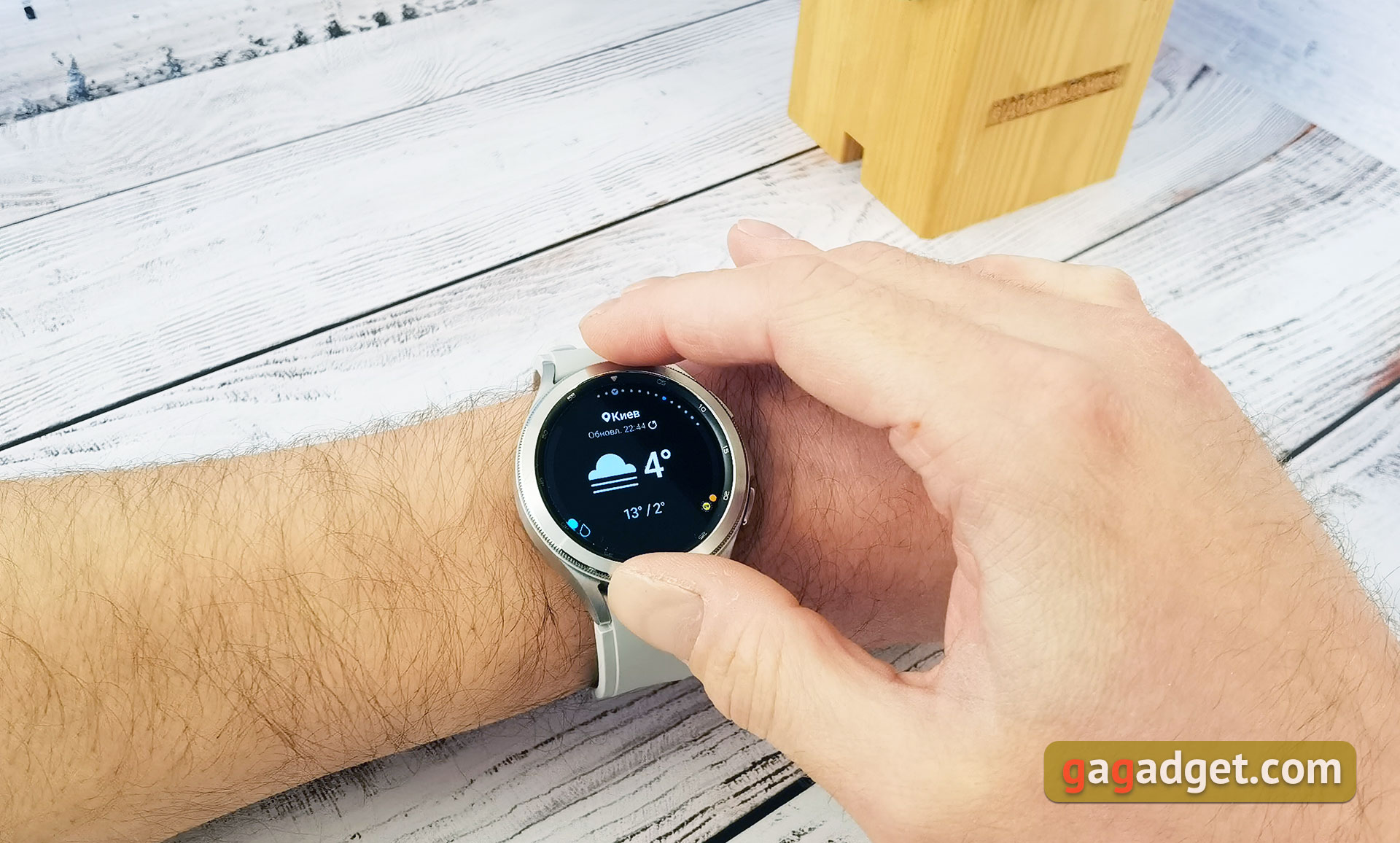
One of the most important differences from past generations of smart watches has been the switch from Google's own Tizen OS to Wear OS. According to Samsung, it collaborated with Google to create the shell for the Samsung Galaxy Watch4. It uses One UI Watch 3.0. But despite the switch to a different platform, the interface itself hasn't changed much. So for owners of Samsung Galaxy Watch3 or earlier models everything will be familiar and understandable. The interface is user-friendly, clear, easy to use and well optimized for both touch screen and rotary bezel control as well as mechanical buttons. The structure of the interface remains the same. The user-selected dials act as the "home" screen. These can be docked and customised. The screen to the left is notifications. You can customize them either directly from the watch or from your smartphone in the Smasung Weareble app. Messages can be answered directly from the watch, and there are several options: preset templates, voice input, keyboard, or drawing characters on the screen. To the right of the home screen there are the usual widgets, including activity, heart rate measurement, blood oxygen level, ECG (not working in Ukraine yet), music player, weather, quick switch to exercise, stress, Galaxy Buds2 headphone control and so on. Widgets are customizable and drag and drop at will. The toggle bar is invoked by swiping from the top edge, just like on a smartphone.
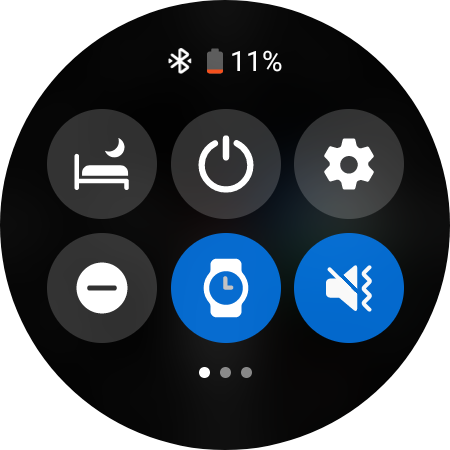
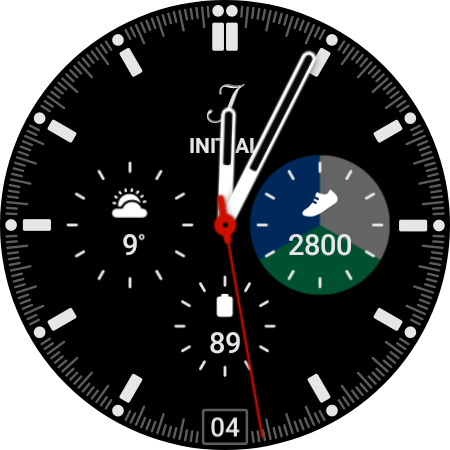
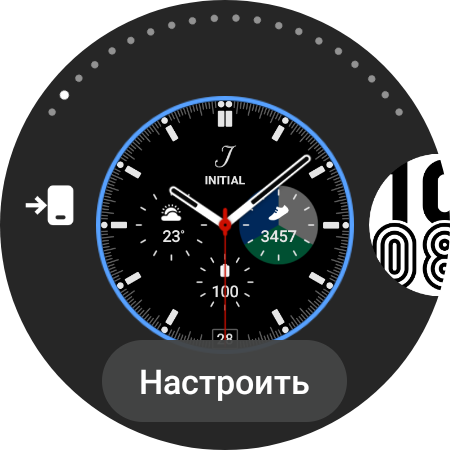
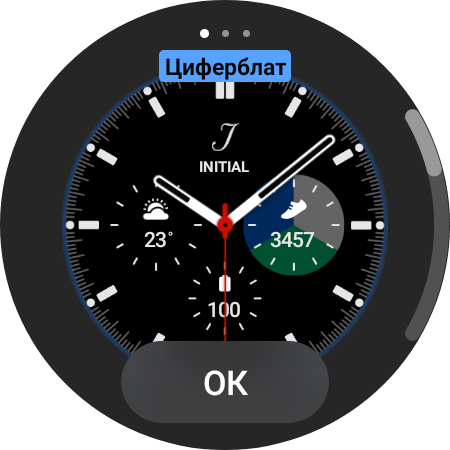
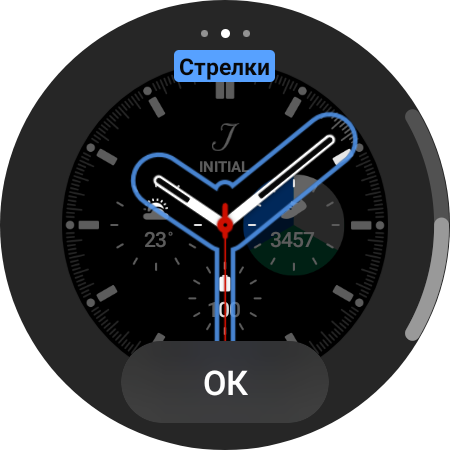


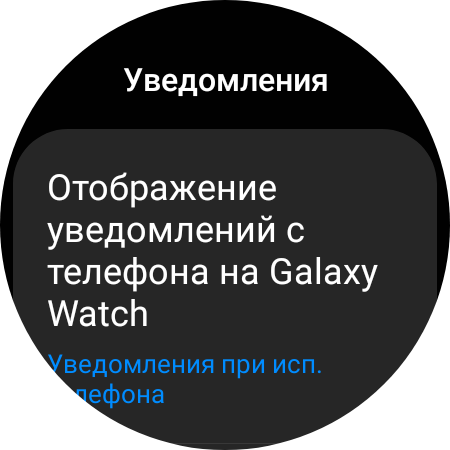
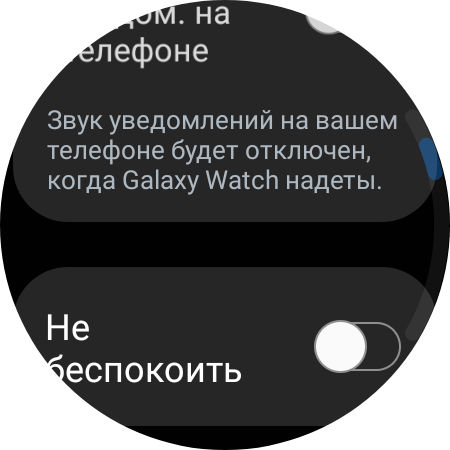
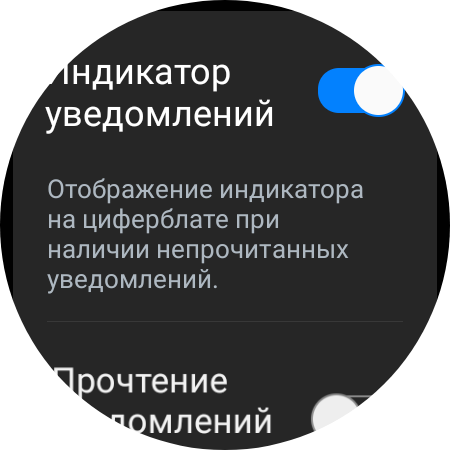

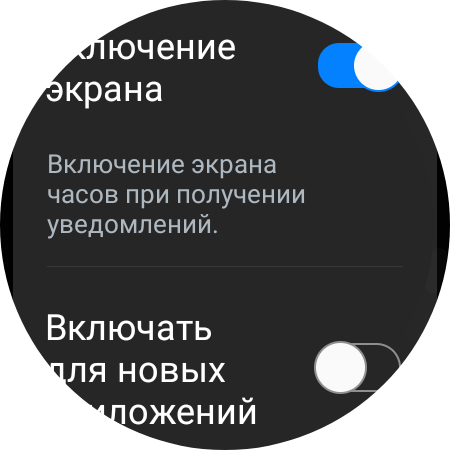
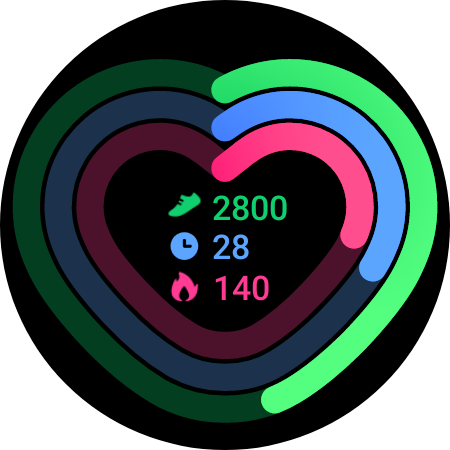
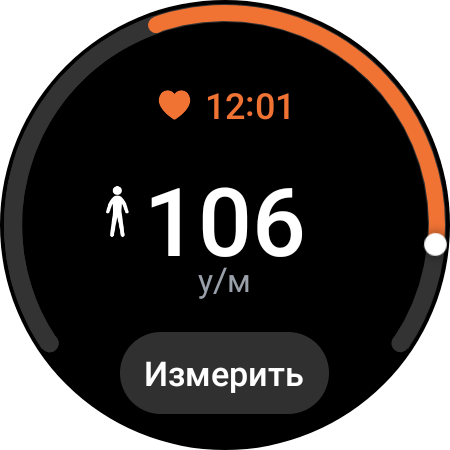
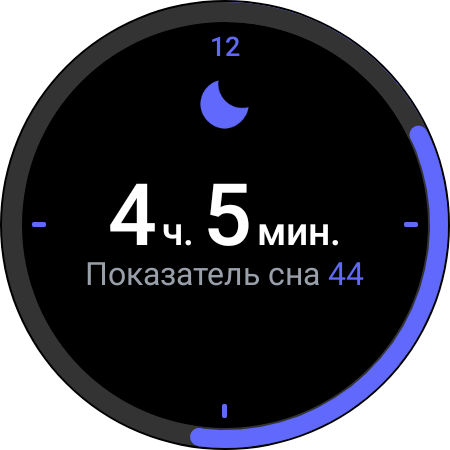

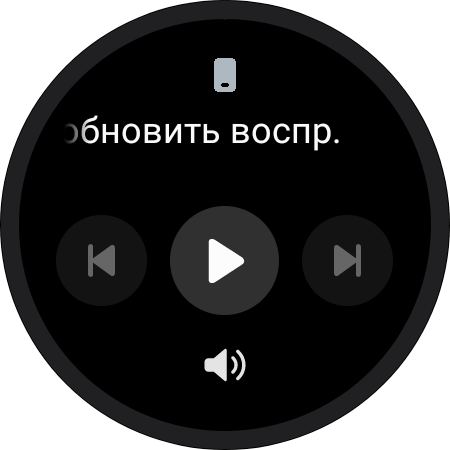
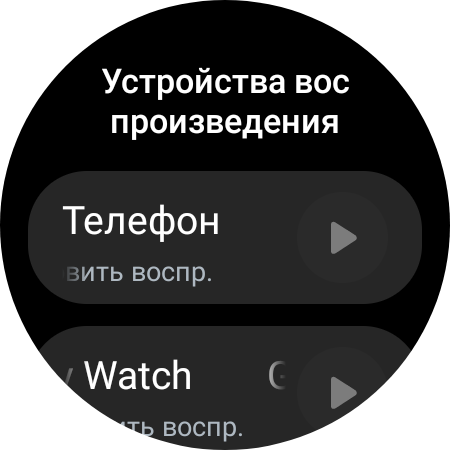

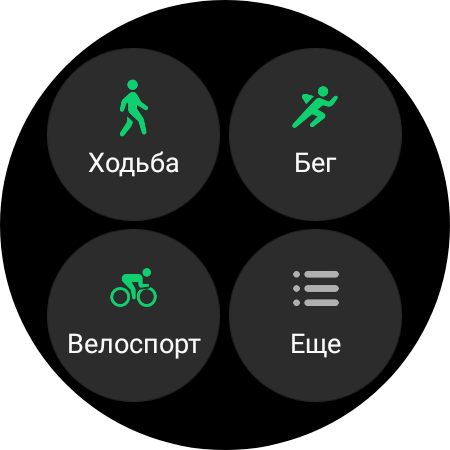
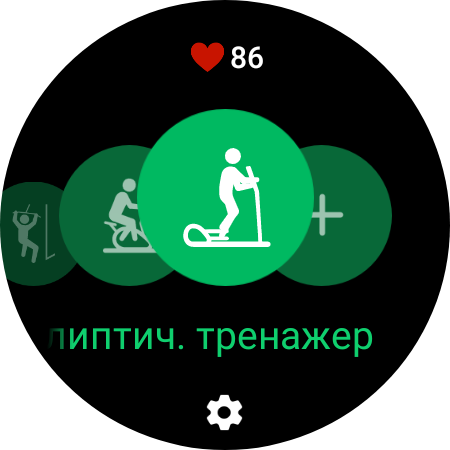
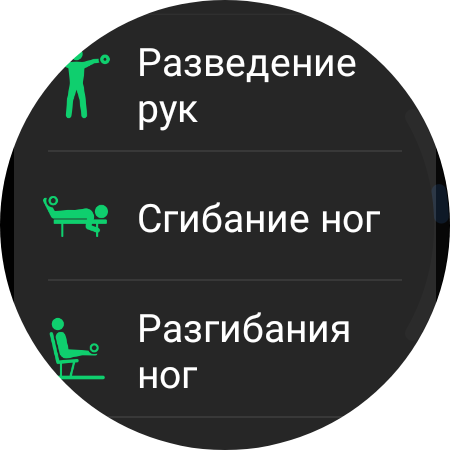
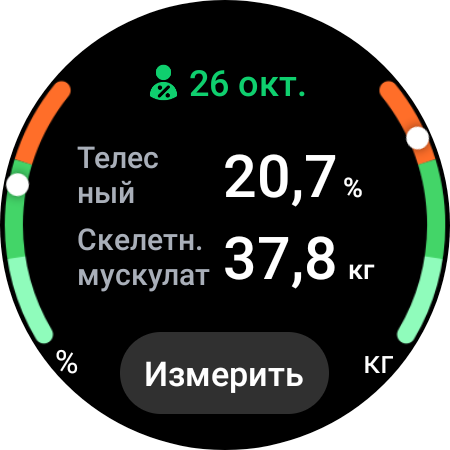
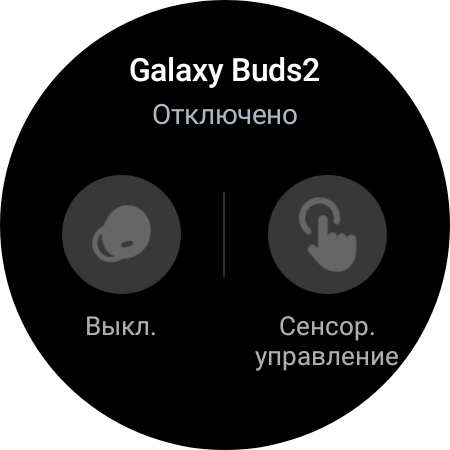
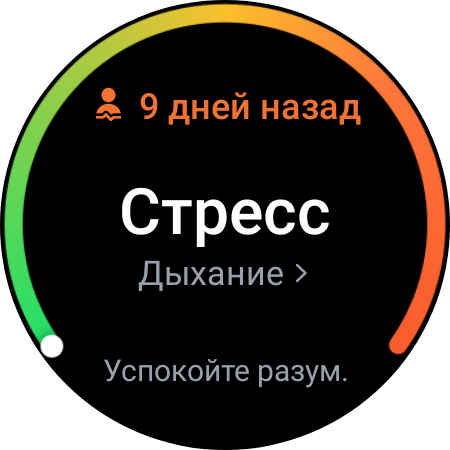
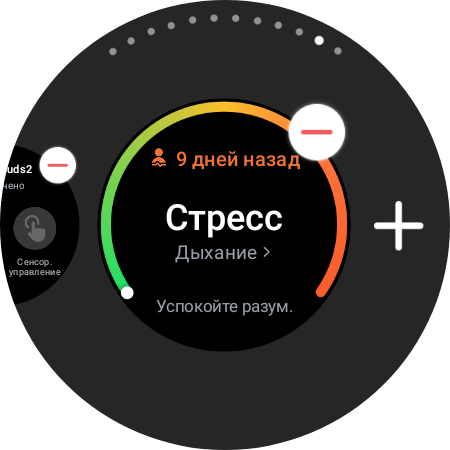
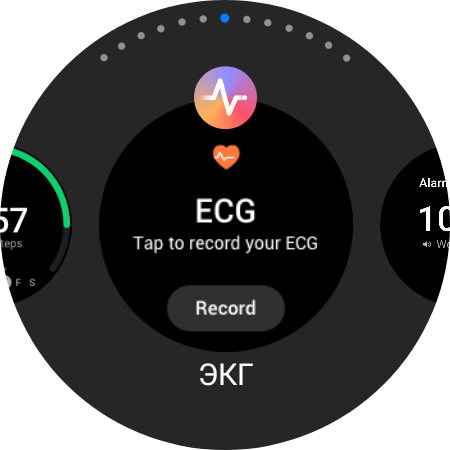
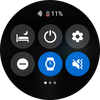
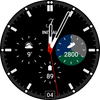
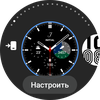
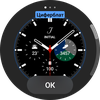

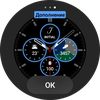

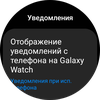
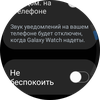

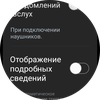
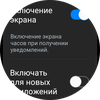

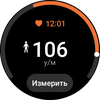
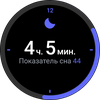

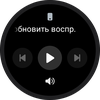
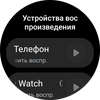

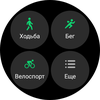
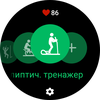
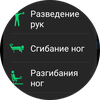
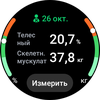
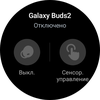
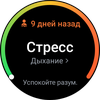
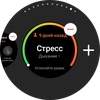
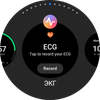
And the app menu is now invoked by swiping from the bottom edge. All apps are displayed as a grid of small round shortcuts. The menu is also customizable. There is a custom application manager. Applications can be installed and updated both directly from the watch and from the smartphone. The possibility to set all optimized for the watch versions of applications installed on the smartphone at once is worth noting from convenient functions. Unfortunately, there are not so many applications yet. Of course, there is Google Pay, maps, Google Keep, Spotify, YouTube Music, Shazam, Calm, Viber, Samsung browser, Strava and a bunch more apps for sports. Unfortunately, Telegram has discontinued support for the watch version of the app. Gmail, Google Docs and all sorts of Facebook, Instagram are gone too. On the other hand, I'm not sure it would be convenient on a screen like this.
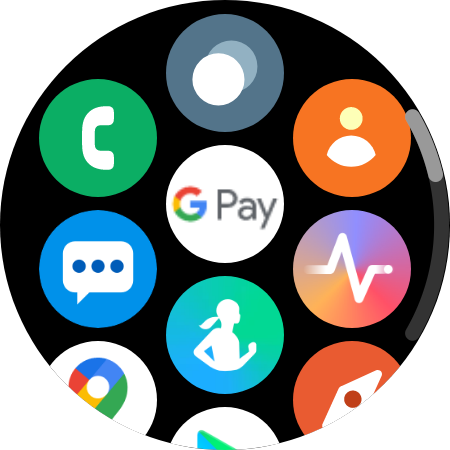
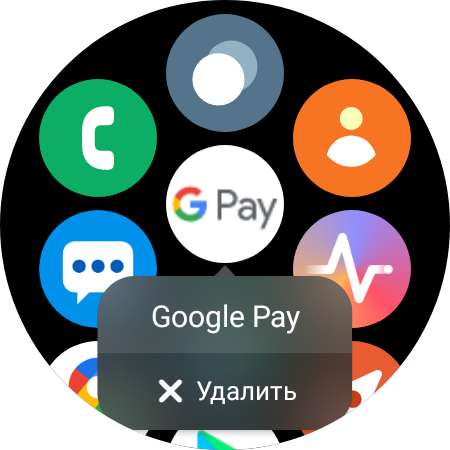
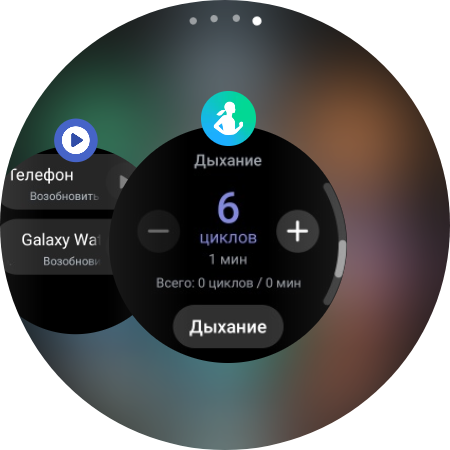
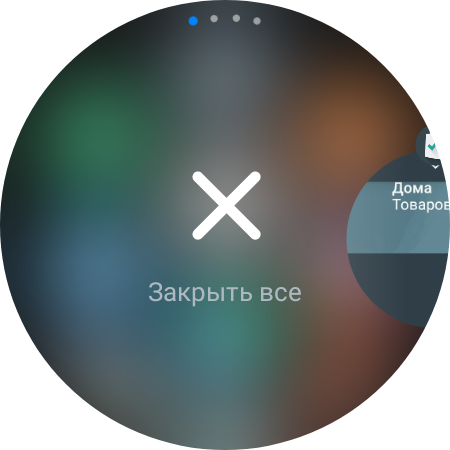
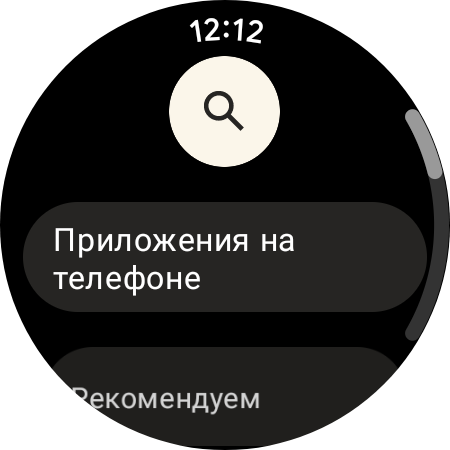
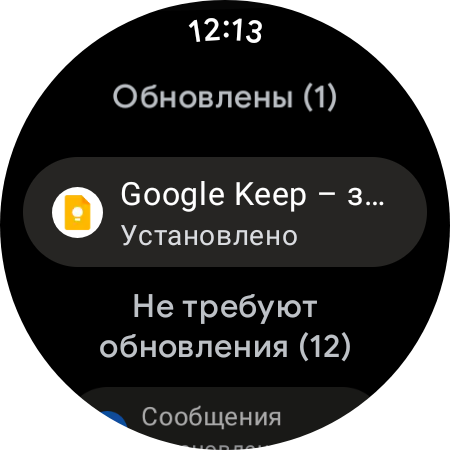
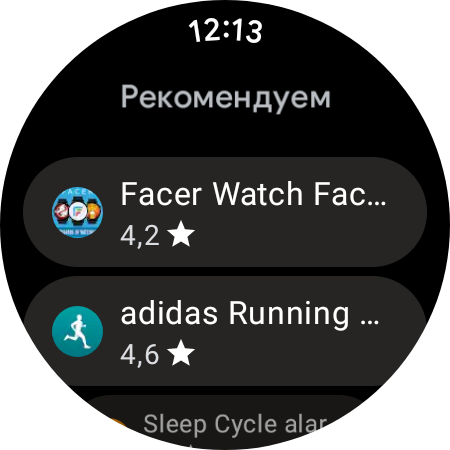
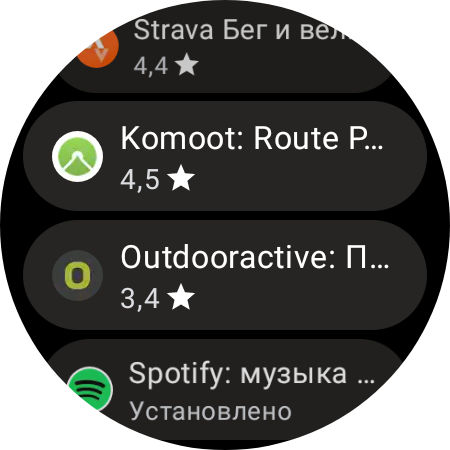
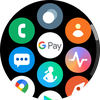
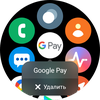
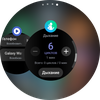
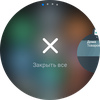
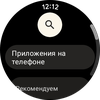
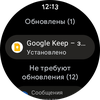

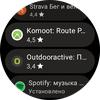
Settings are organized similarly to the smartphone version of the One UI shell. Everything can be adjusted right on the watch, from the brightness of the display and additional gestures to control the watch, to recognizing the fall of the wearer and ending with auto-recognition of workouts, automatic measurement of heart rate, blood oxygen levels, stress:
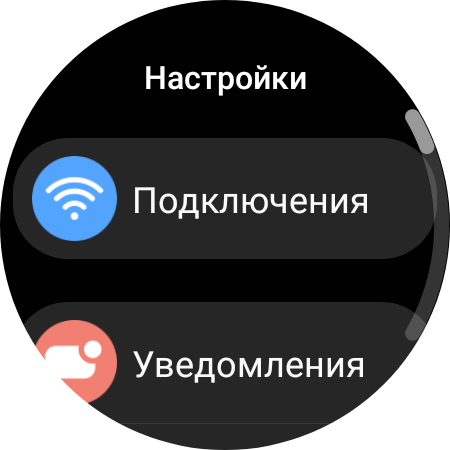

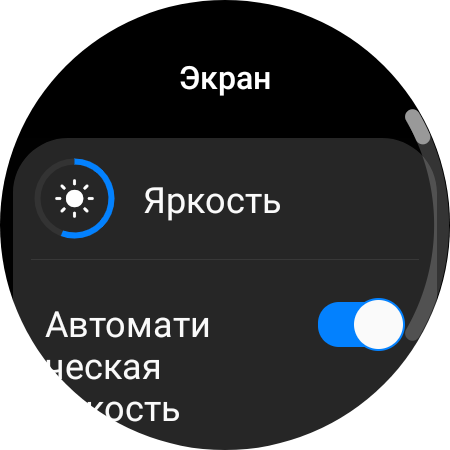
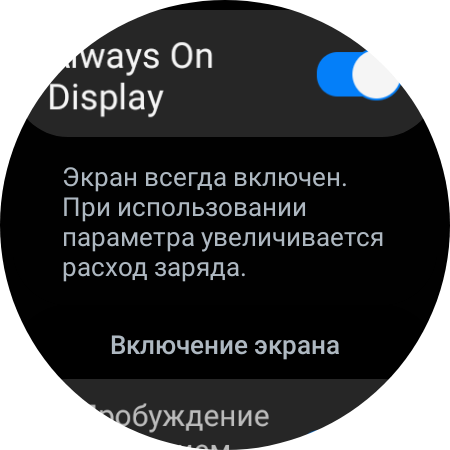
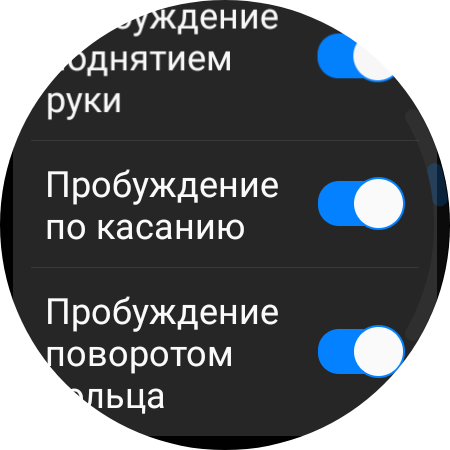
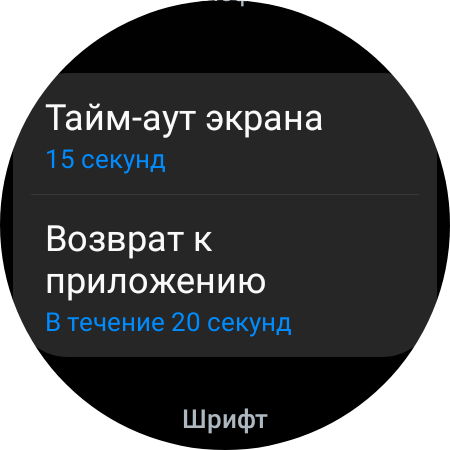
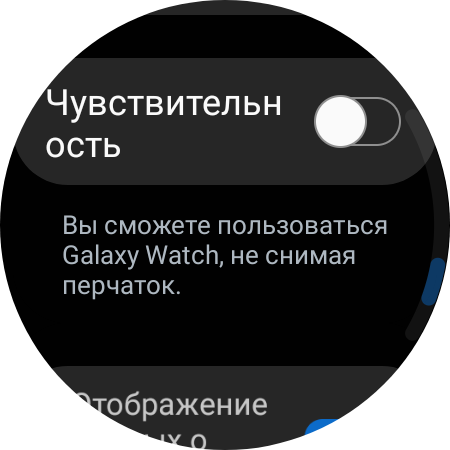
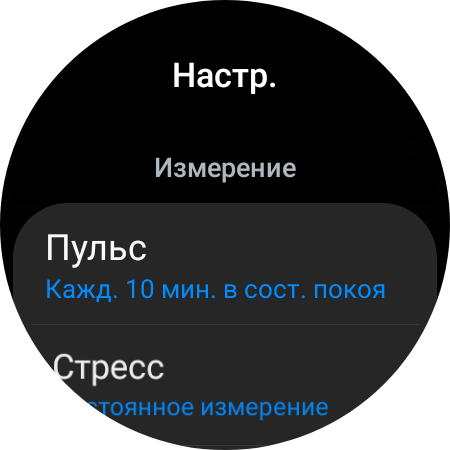
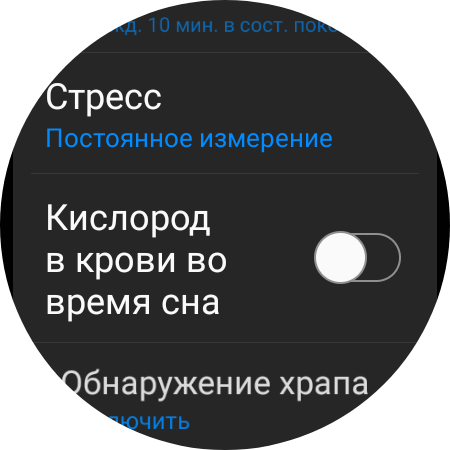
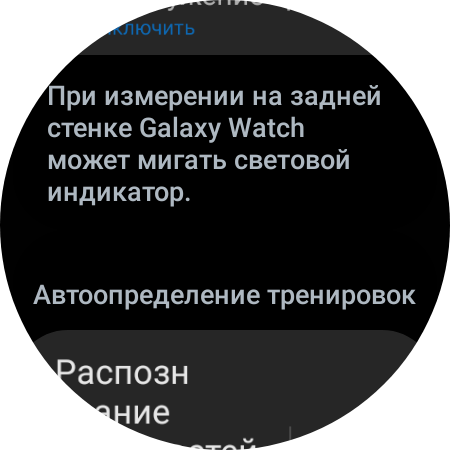

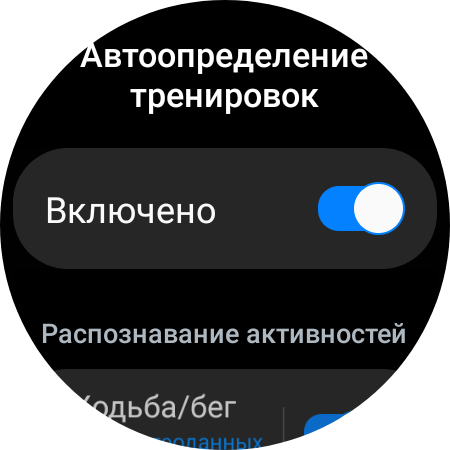

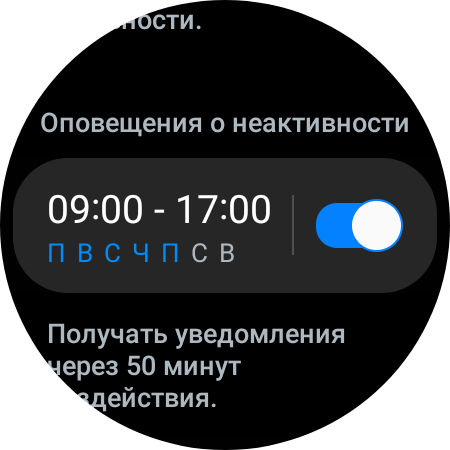
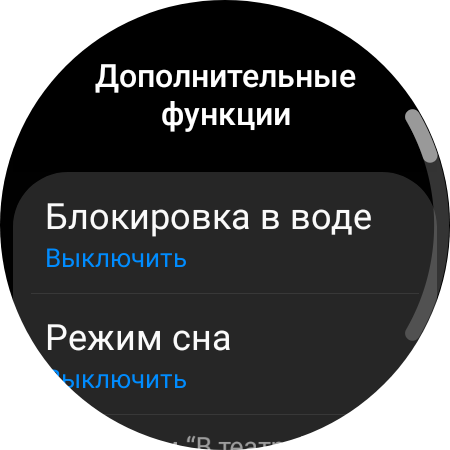
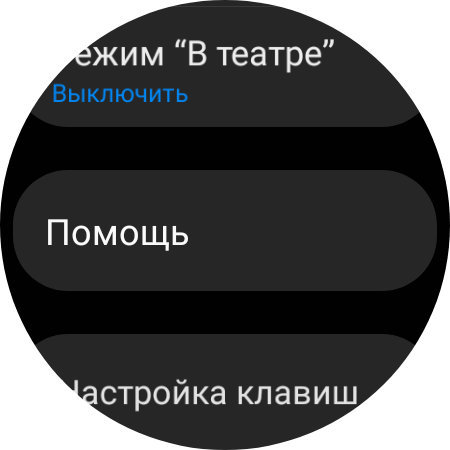
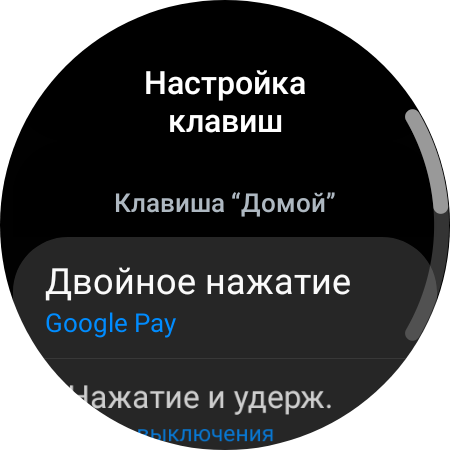
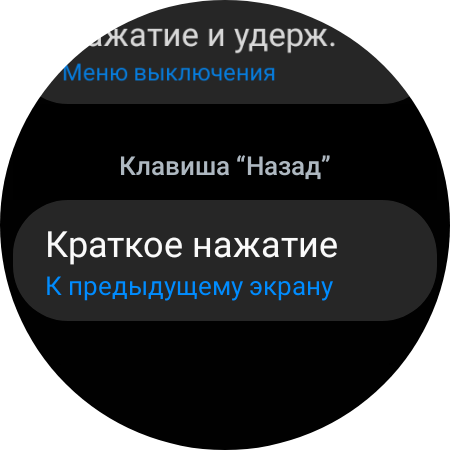
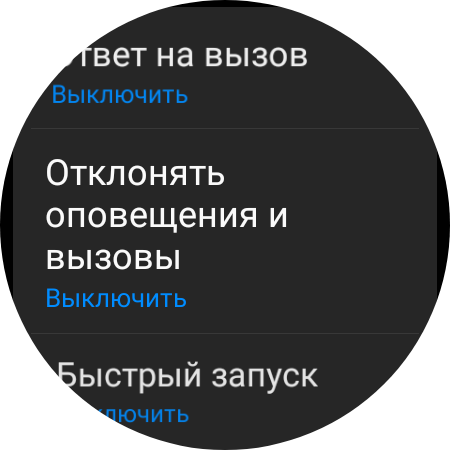
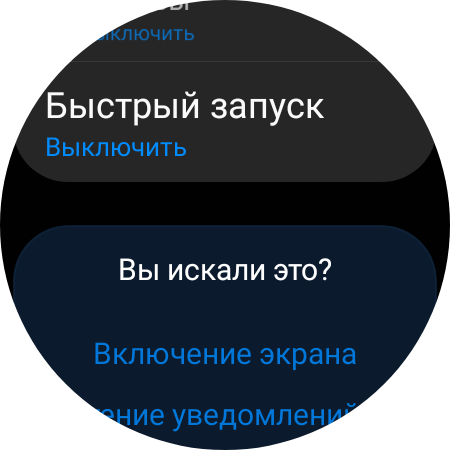
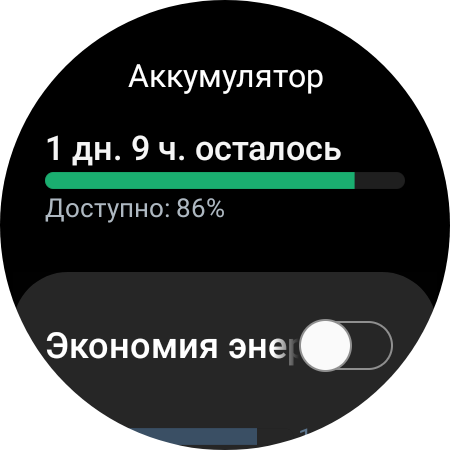
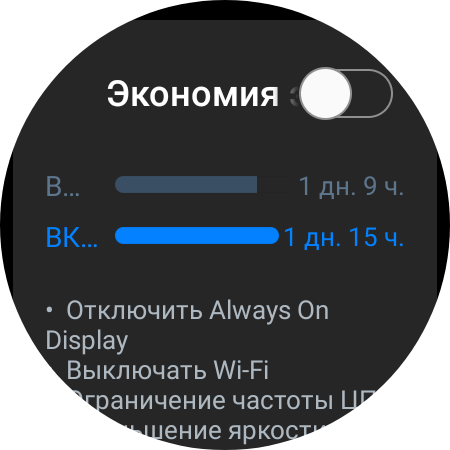
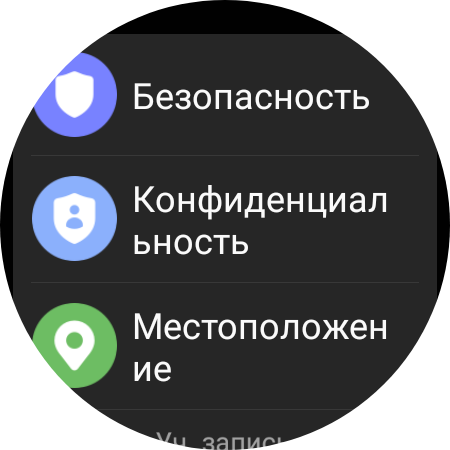
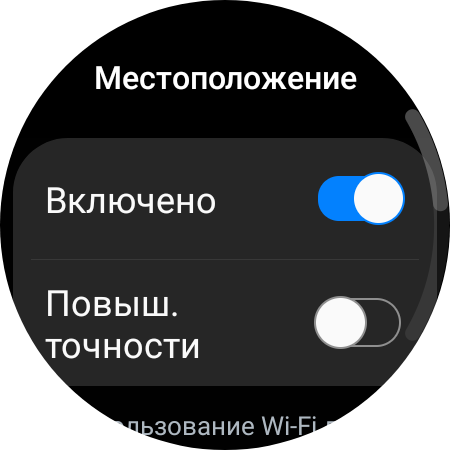
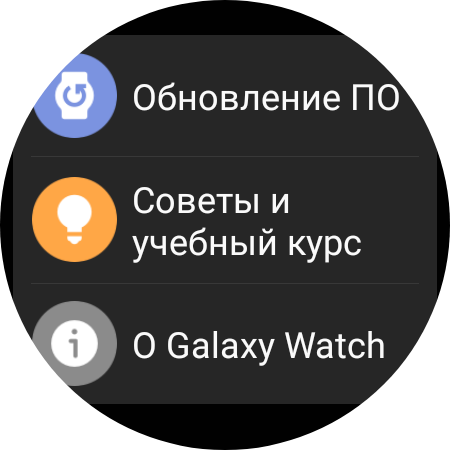
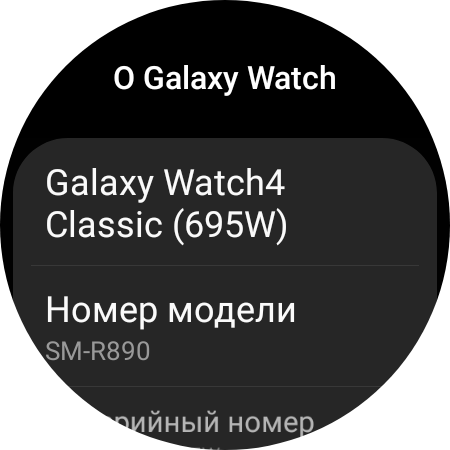
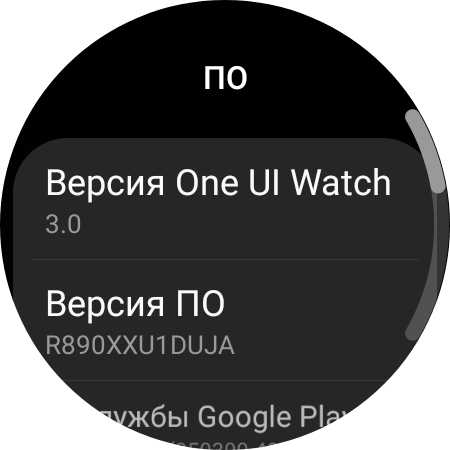
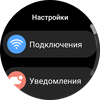
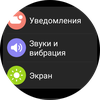
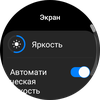



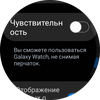
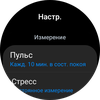
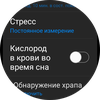
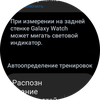
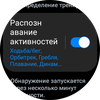
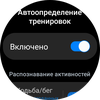
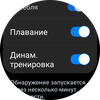
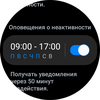

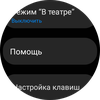

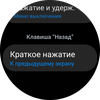
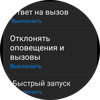
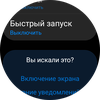
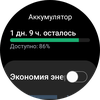
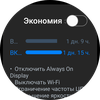
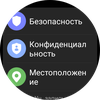
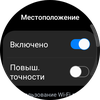

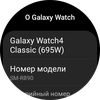
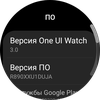
As for sports and health indicators, there is everything you can think of. Step counter, calorie counter, heart rate, blood oxygen level, sleep, route recording while walking and running, stress level, training (automatic recognition and manual start with instructions and voice prompts) and so on. Accuracy of operation at a high level: the error on heart rate measurements does not exceed a couple of or three percent. When running on a treadmill, the clock is "wrong" by no more than 100 meters for a total distance of 2 km, which is very good. Considering that it is impossible to correct the distance using GPS and the route on the treadmill. As mentioned above, only the ECG function is unavailable for now, there is hope that this will be corrected in the near future.


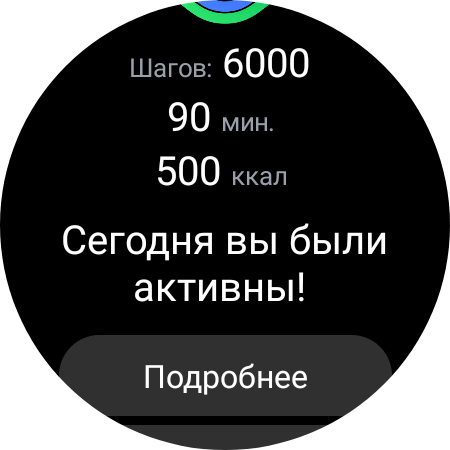
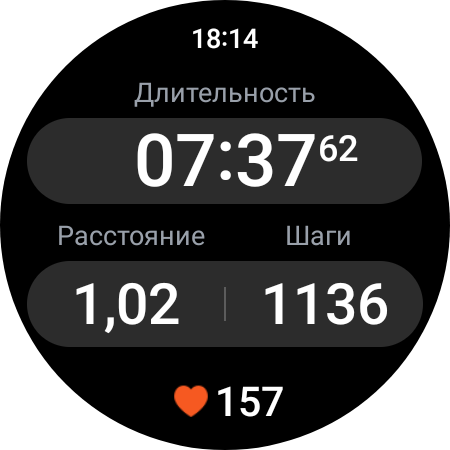
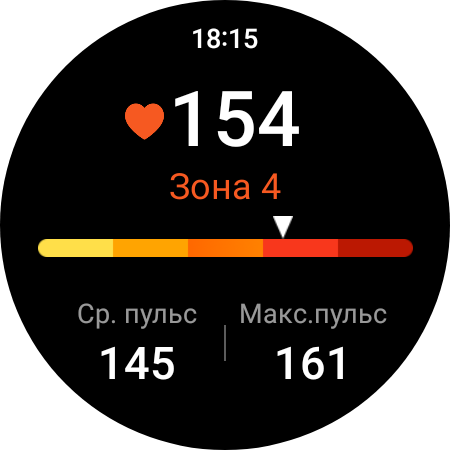

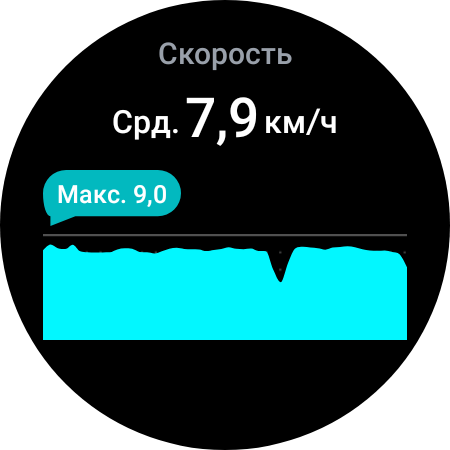
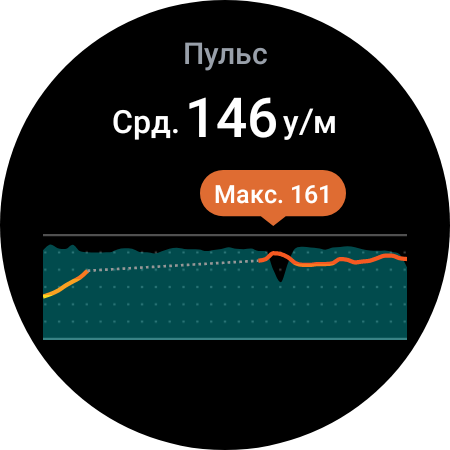
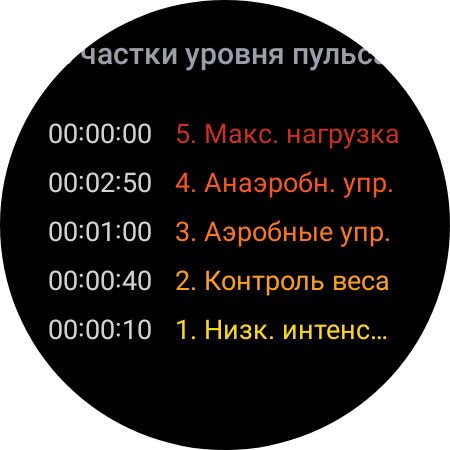

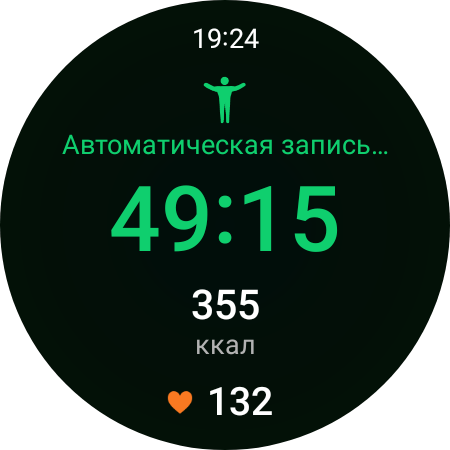

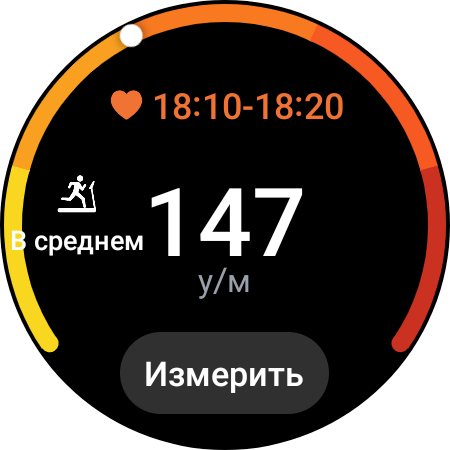

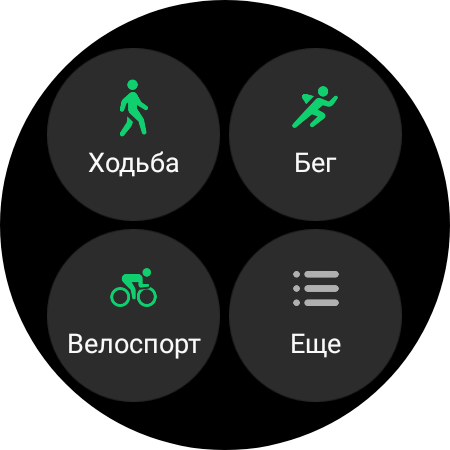
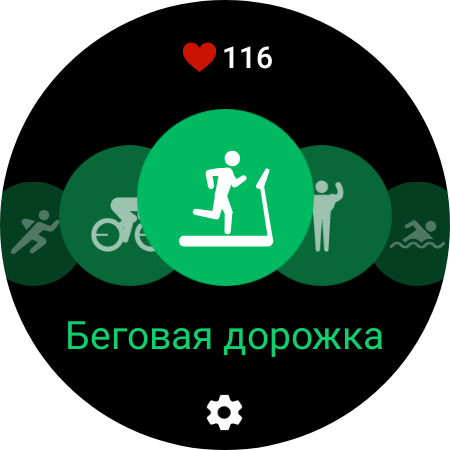
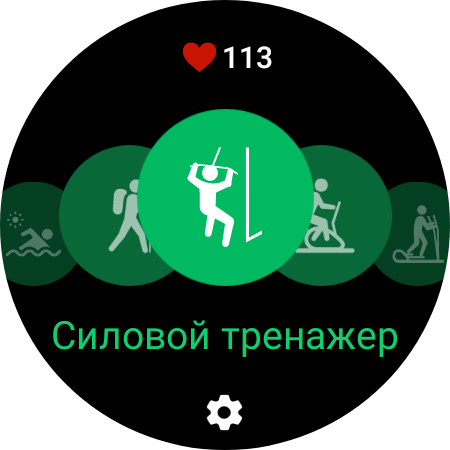

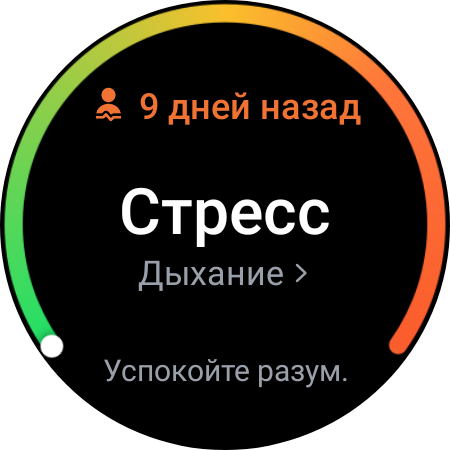
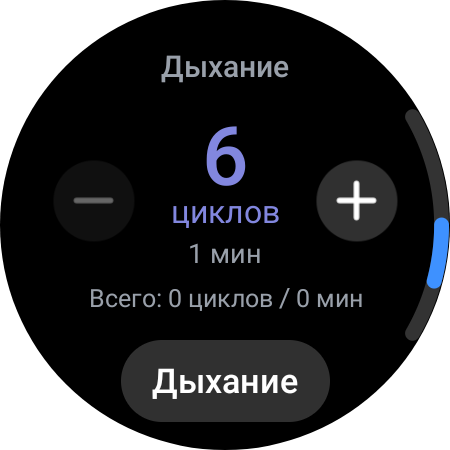
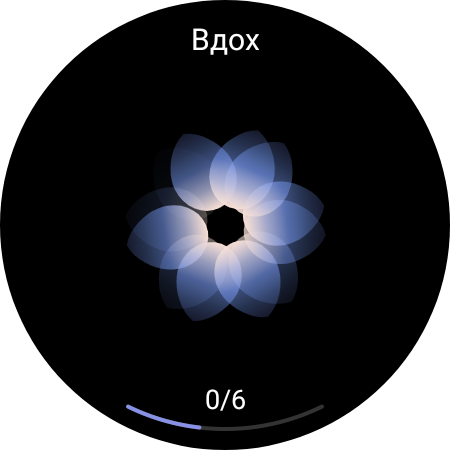


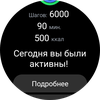
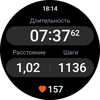
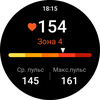
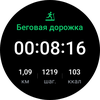
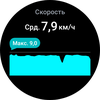
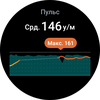
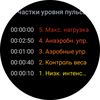
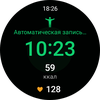


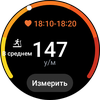

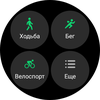
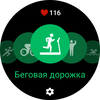
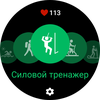
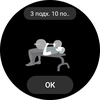
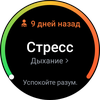
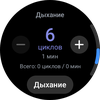

A new function of body composition analysis based on bioimpedance analysis should be mentioned. To put it simply, the watch can determine the percentage of muscle, fluid and fat tissue in the body by running a weak current through the body. A similar function is already available in smart scales. The measurement is based on certain characteristics of the human body. Namely, the standard percentage of fluid in different tissues. How accurately the Samsung Galaxy Watch4 Classic measures the body composition is not possible to verify. But it seems to be pretty close to the truth. In any case, these readings cannot be interpreted as medical and should be taken only for general understanding.
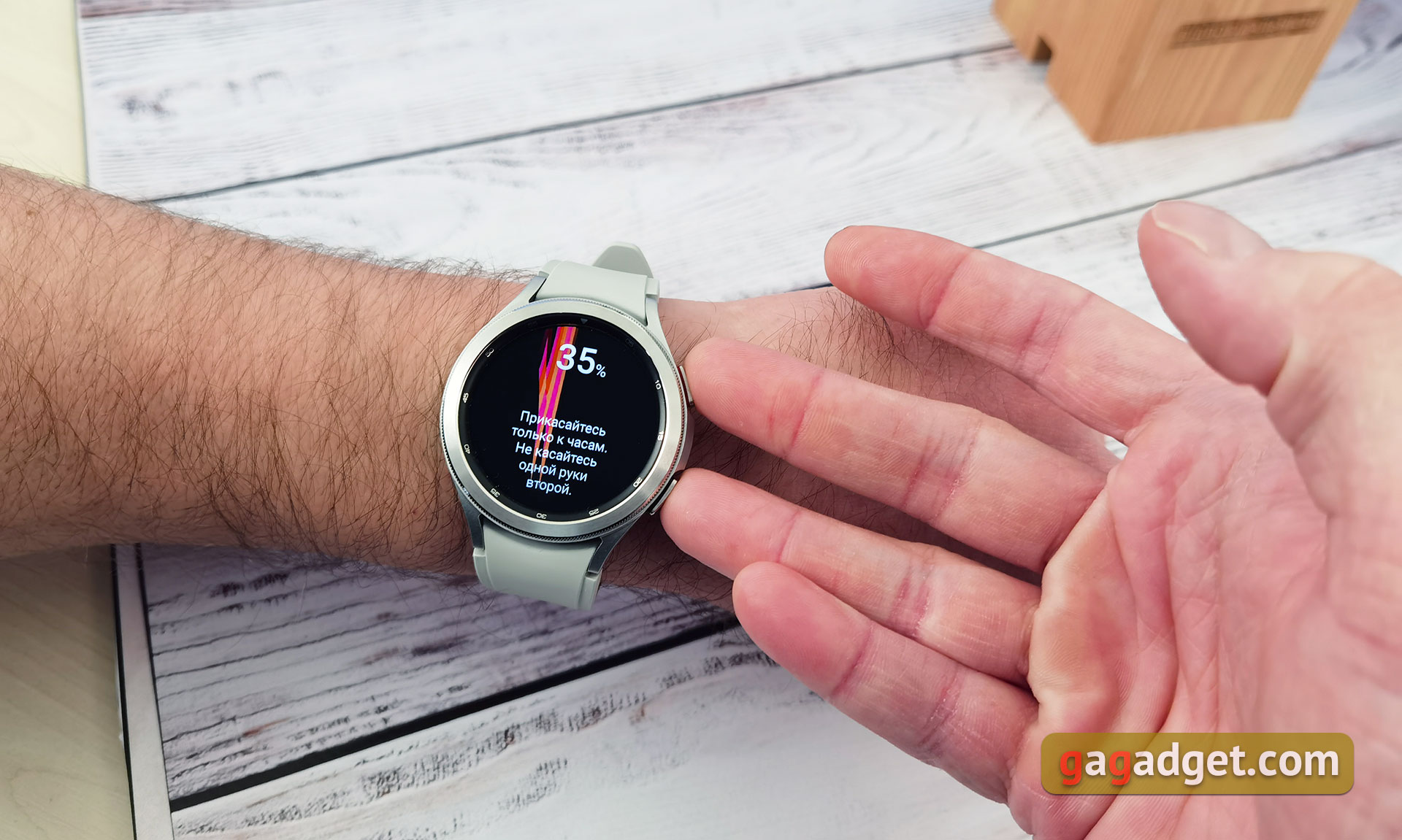
To measure, move the watch closer to your elbow and touch the buttons with your middle and ring fingers. In doing so, your hands should not touch each other.
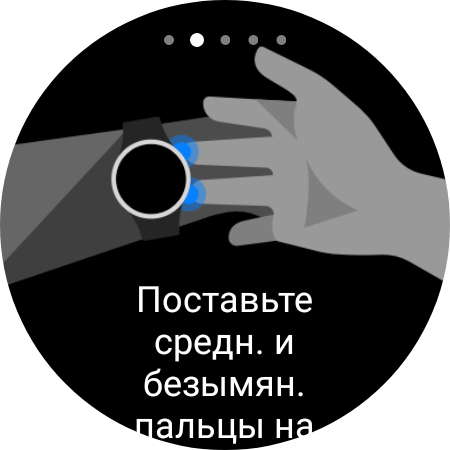
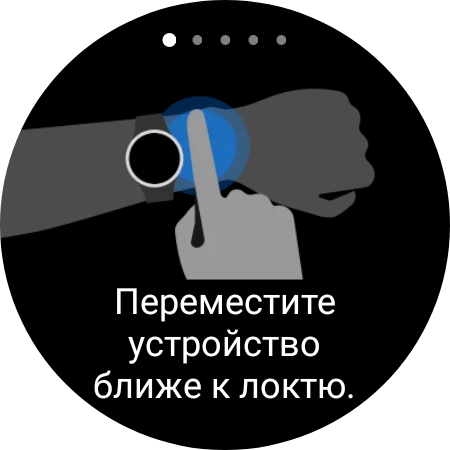

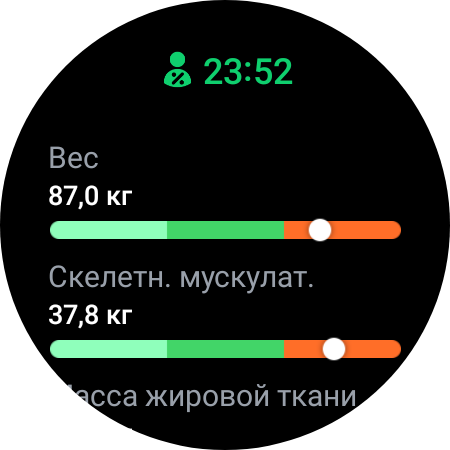
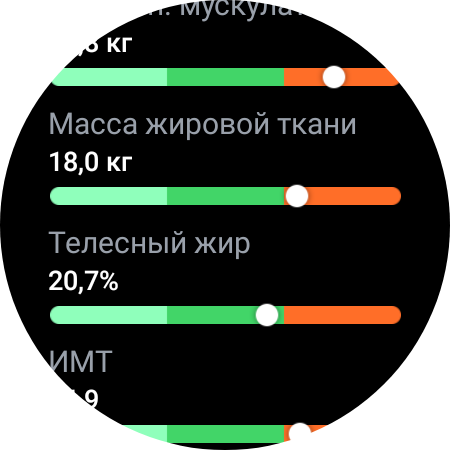

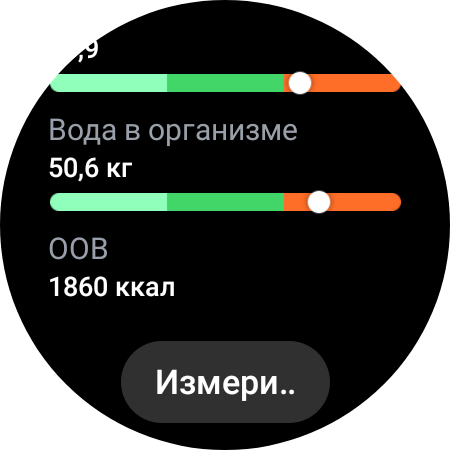
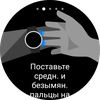


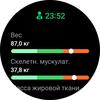
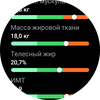
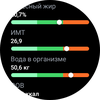
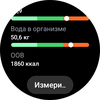
The Samsung Wearable app is used to pair with a smartphone and to configure the Samsung Galaxy Watch4 Classic. It is common for all Samsung wearable devices. In doing so, all the functions of the watch are duplicated. But it is much more convenient to do it all on the big screen of the smartphone.





























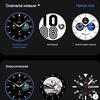
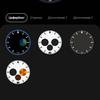




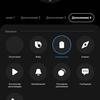







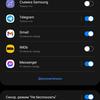


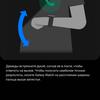
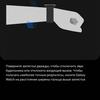
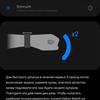
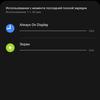






All workout and health data are collected in S Health application. Of the useful stuff, there are videos with different workout programs for weight loss, strength improvement, and so on.






















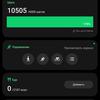








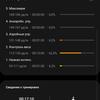
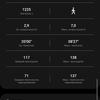
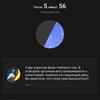

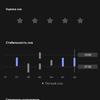
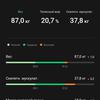


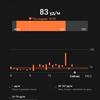




What about charging and battery?
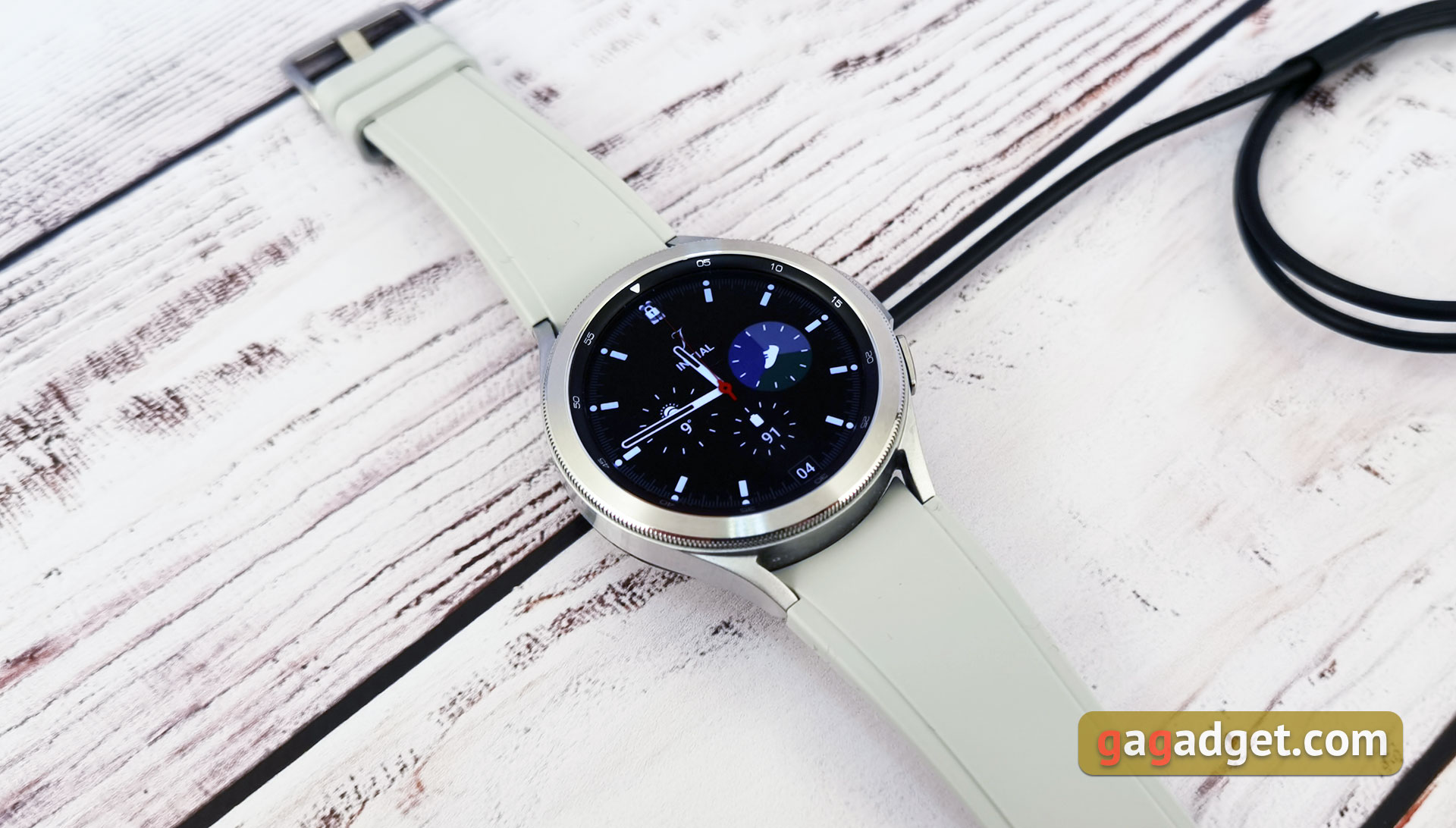
Galaxy Watch4 Classic is equipped with a 361 mAh battery. Samsung promises 40 hours of battery life, but it's worth realizing that for a smart watch, this figure can vary a lot depending on usage scenarios. Let's just say that if you turn everything on, including constant blood oxygen level tracking during sleep, snoring tracking, constant heart rate and stress measurement, Always on Display, and add to that jogging with GPS, then the watch will have to be charged every day. Yes, some features can be turned off, but as practice has shown, it doesn't drastically change the point and you can get up to 1.5-2 days. But, what is important to know, it is possible not to save on various fitness features. Always on Display consumes the battery disproportionately more. And if you do not need this function it is better to turn it off and the battery life increase will be really noticeable.
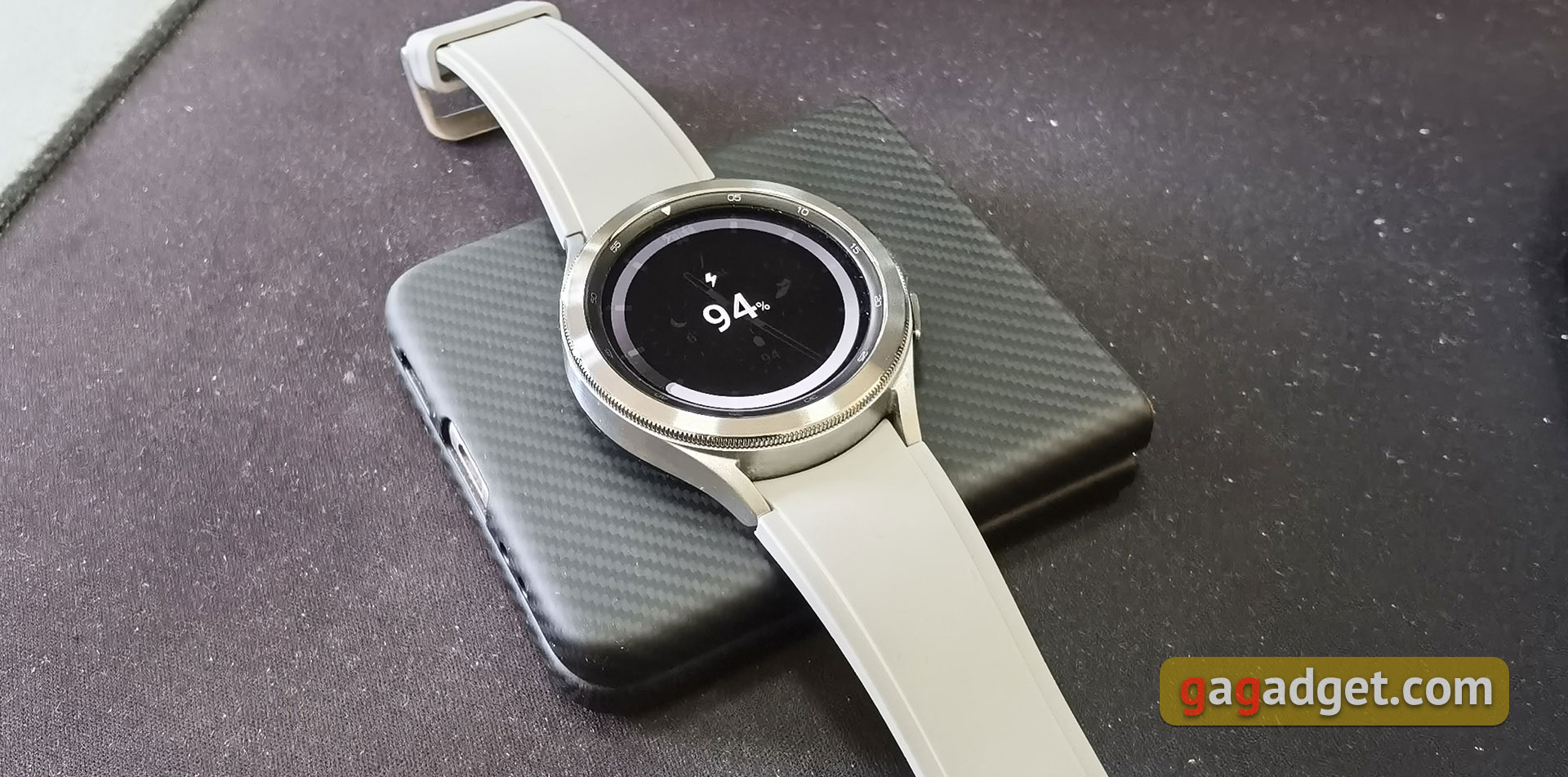
On the one hand, such autonomy is not pleasant. But on the other hand, again, everything depends on the scenario of use. For example, I don't need a smart watch at all in the shower or while washing the dishes. And during that time they are on charge. Such a simple manipulation was quite enough not to constantly worry about the battery level. For charging, it uses wireless withQi. You can use as a native charger in the form of a round magnetic "puck" with a fixed cable, you can use a third-party wireless charger. Or, as a last resort, powered by a smartphone with wireless charging back function. The Samsung Galaxy Watch4 Classic fully charges in about 2 hours. Of course, power saving modes are provided for emergencies.
Bottom line. Four things to know about the Samsung Galaxy Watch4 Classic:
- Samsung Galaxy Watch4 Classic is the most functional watch for Android smartphones.
- The watch features a great round AMOLED display, rotating bezel and buttons for control, and the case is made of stainless steel and is IP68 protected.
- Samsung Galaxy Watch4 Classic runs on Wear OS 3 with One UI Watch 3.0 shell and supports Google Pay.
- Battery charge lasts for 1 day when using all features.
| Samsung Galaxy Watch4 Classic Specifications | |
|---|---|
| Display | 1.5 inch, 450x450, Super AMOLED, Gorilla Glass DX |
| Dimensions | 45.5x45.5x11 mm |
| Weight | 52g (without strap) |
| Operating System | One UI Watch 3.0 powered by Wear OS 3 |
| Processor | dual-core 5nm Exynos W920 processor at 1.18GHz, Mali-G68 graphics |
| RAM | 1.5GB |
| Built-in memory | 16GB |
| Pulsometer | optical |
| Communications | Bluetooth, Wi-Fi, NFC, GPS, Glonass |
| Protection | 5 ATM, 50 meters, MIL-STD-810G (vibration, shock and temperature protection from -40 to +70 °C) |
| Extras | Always On Display, Microphone, Speaker |
| Battery | 361 mAh |
For those who want to know more
- Samsung Galaxy Watch3 review: A flagship smart watch with a classic design
- Samsung Galaxy Watch Active 2 review: smart and sporty watch now with touch bezel
- Choosing the best smart watch: buyer's guide
- Apple Watch 5 review: smartwatch for the price of a starship
- Samsung Galaxy Note10 review: same flagship, but smaller
- Xiaomi Mi Band 4 review: new benchmark fitness bracelet
- Samsung Galaxy Watch Active review: stylish, sporty and functional
- Samsung Galaxy Watch review: development in the right direction
- Honor Watch Magic review: a magic kick
